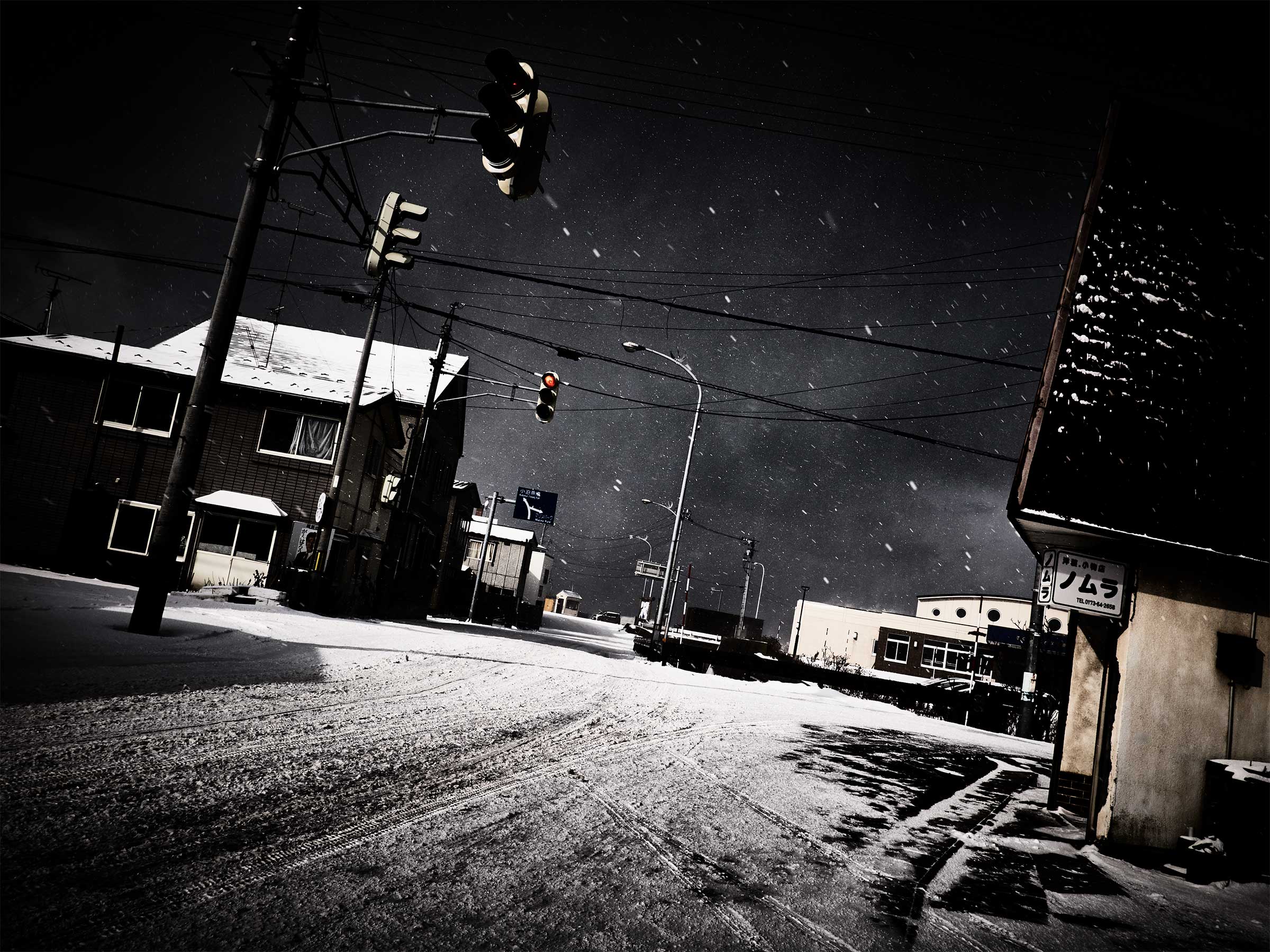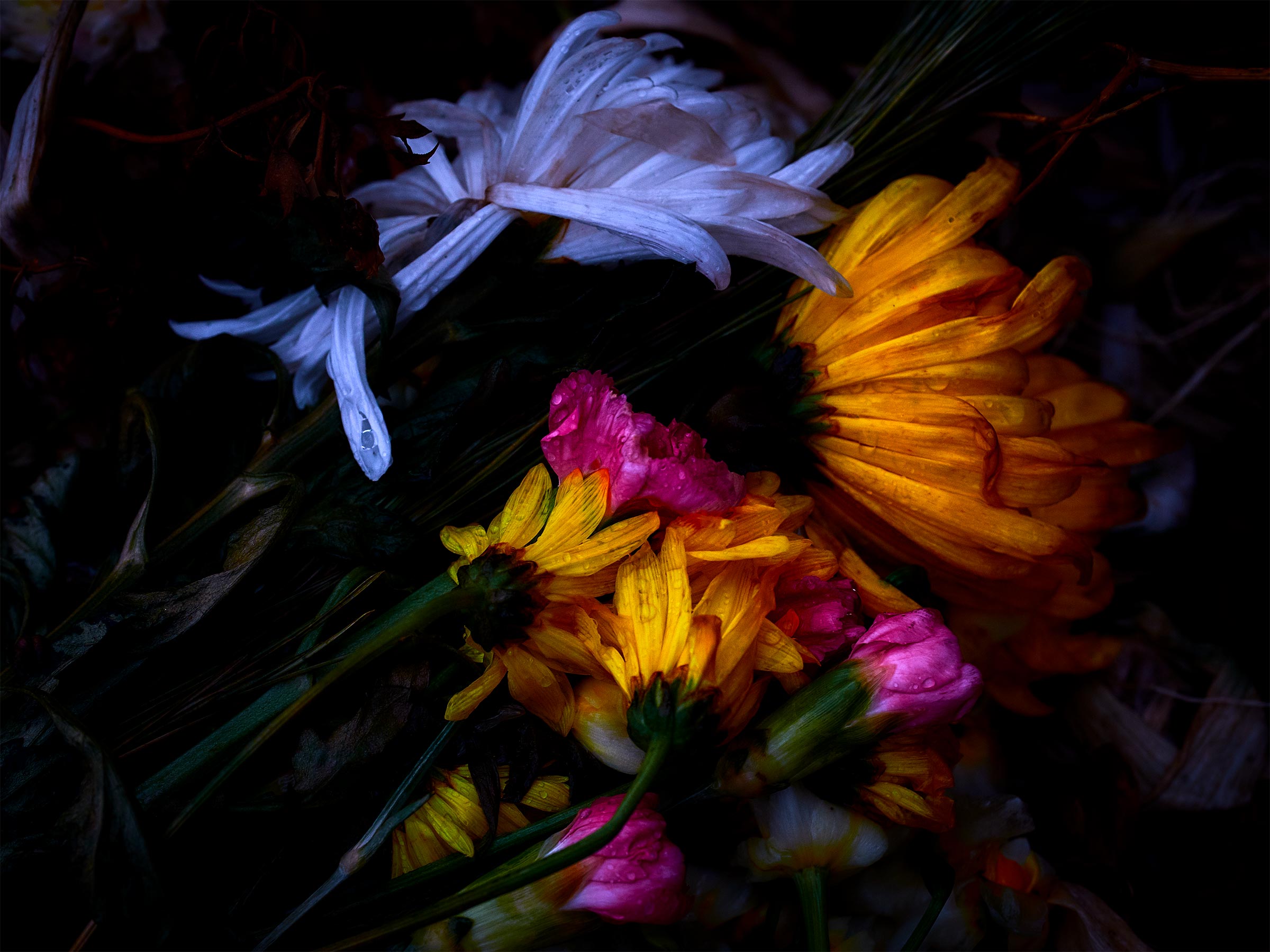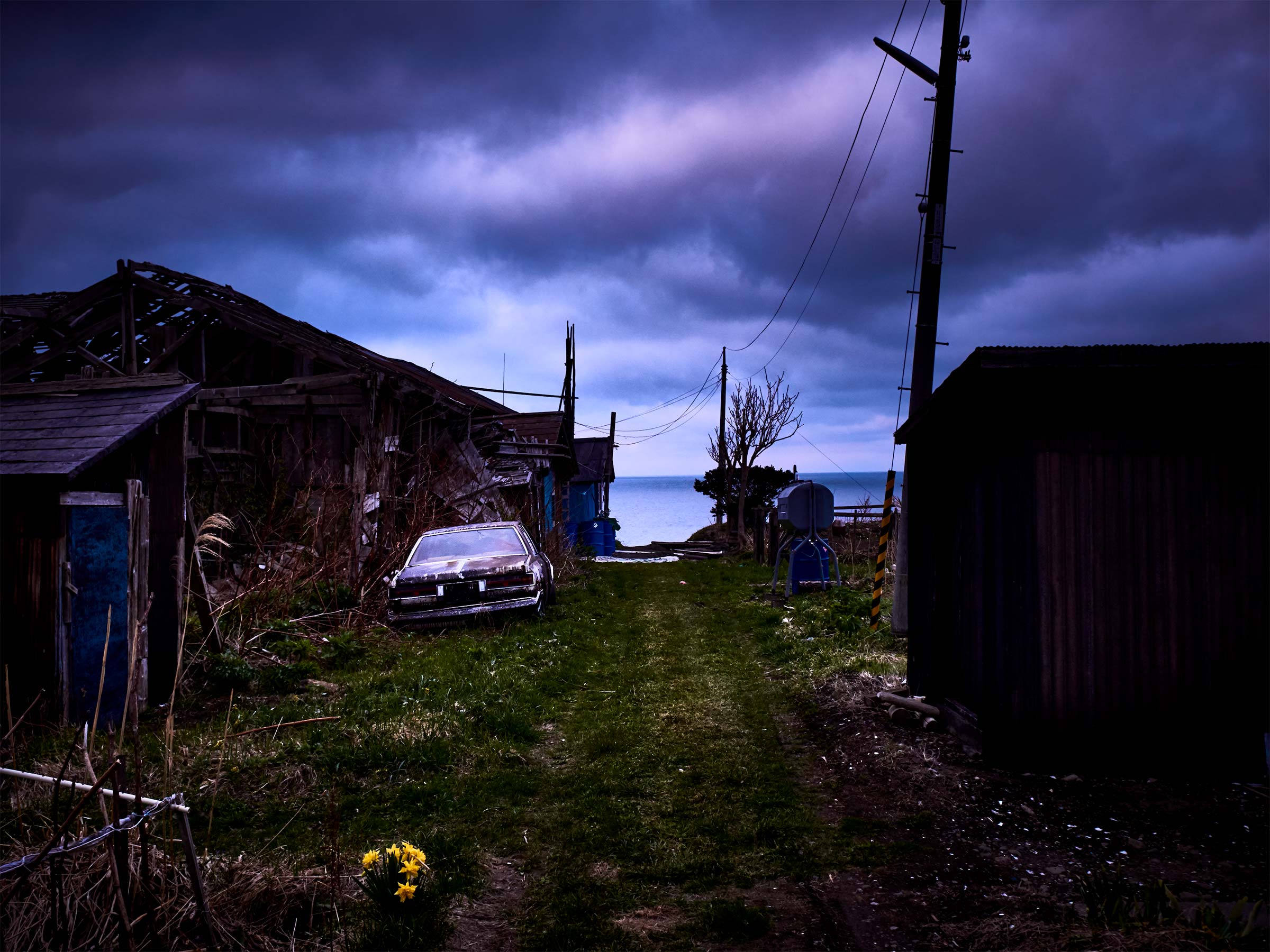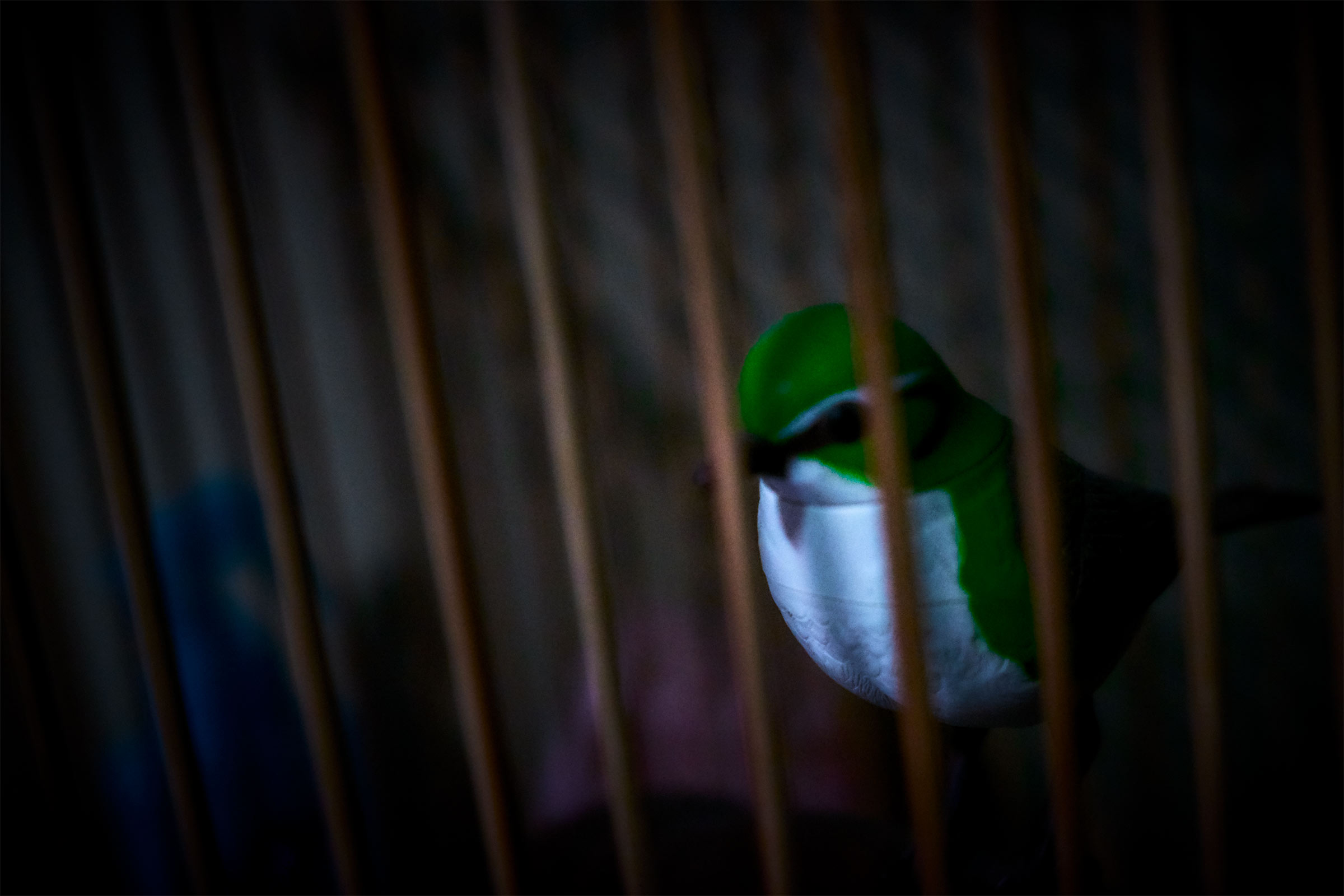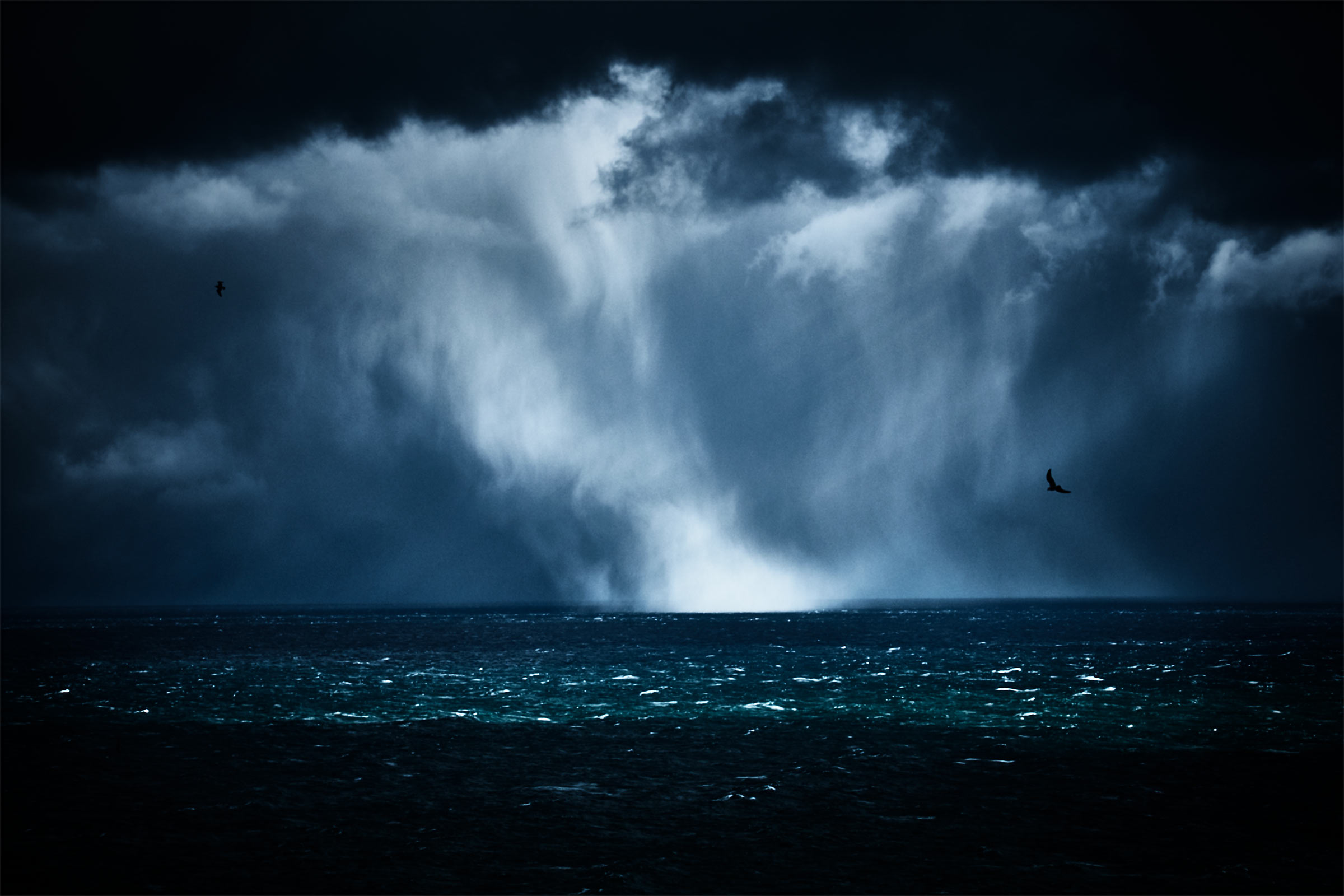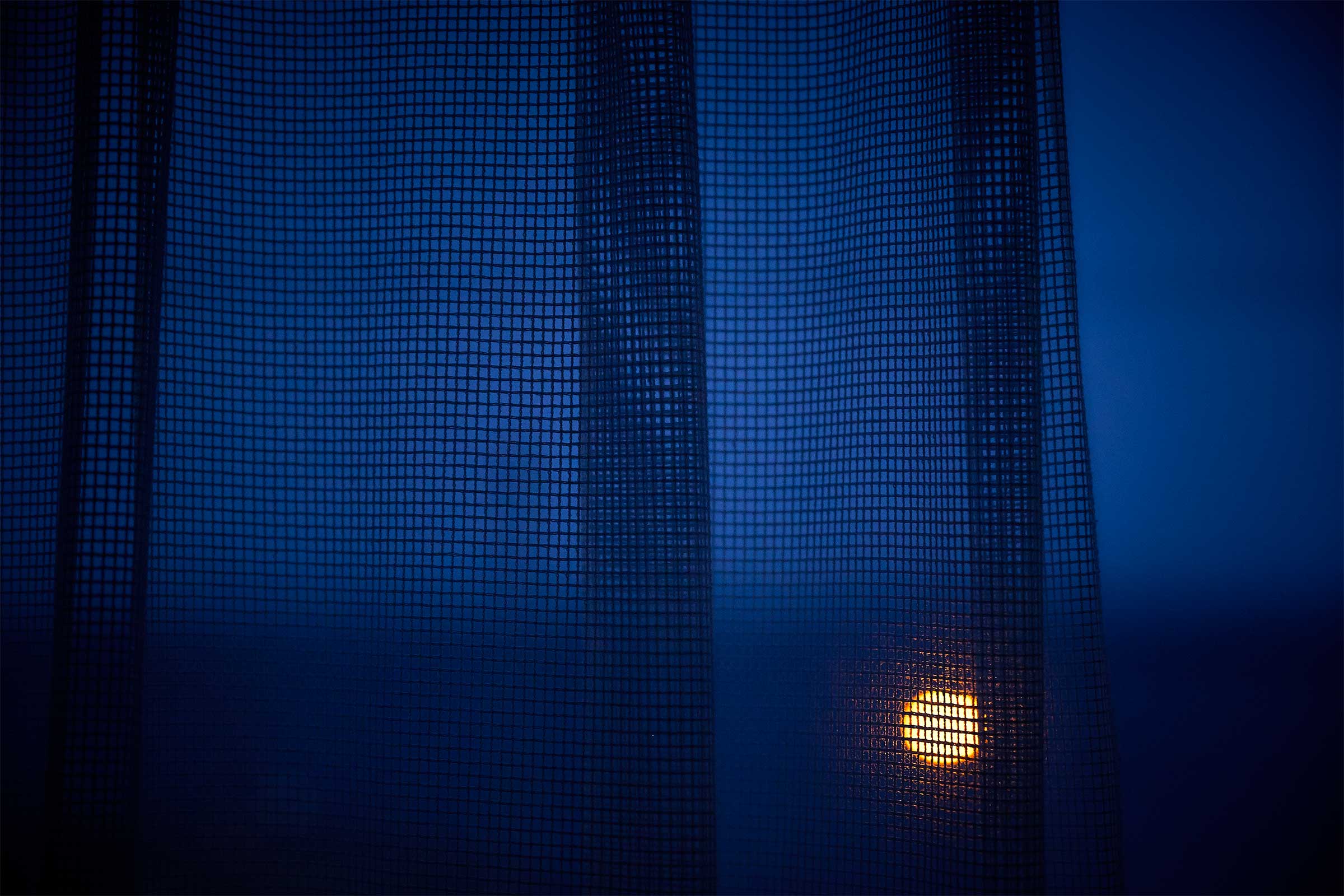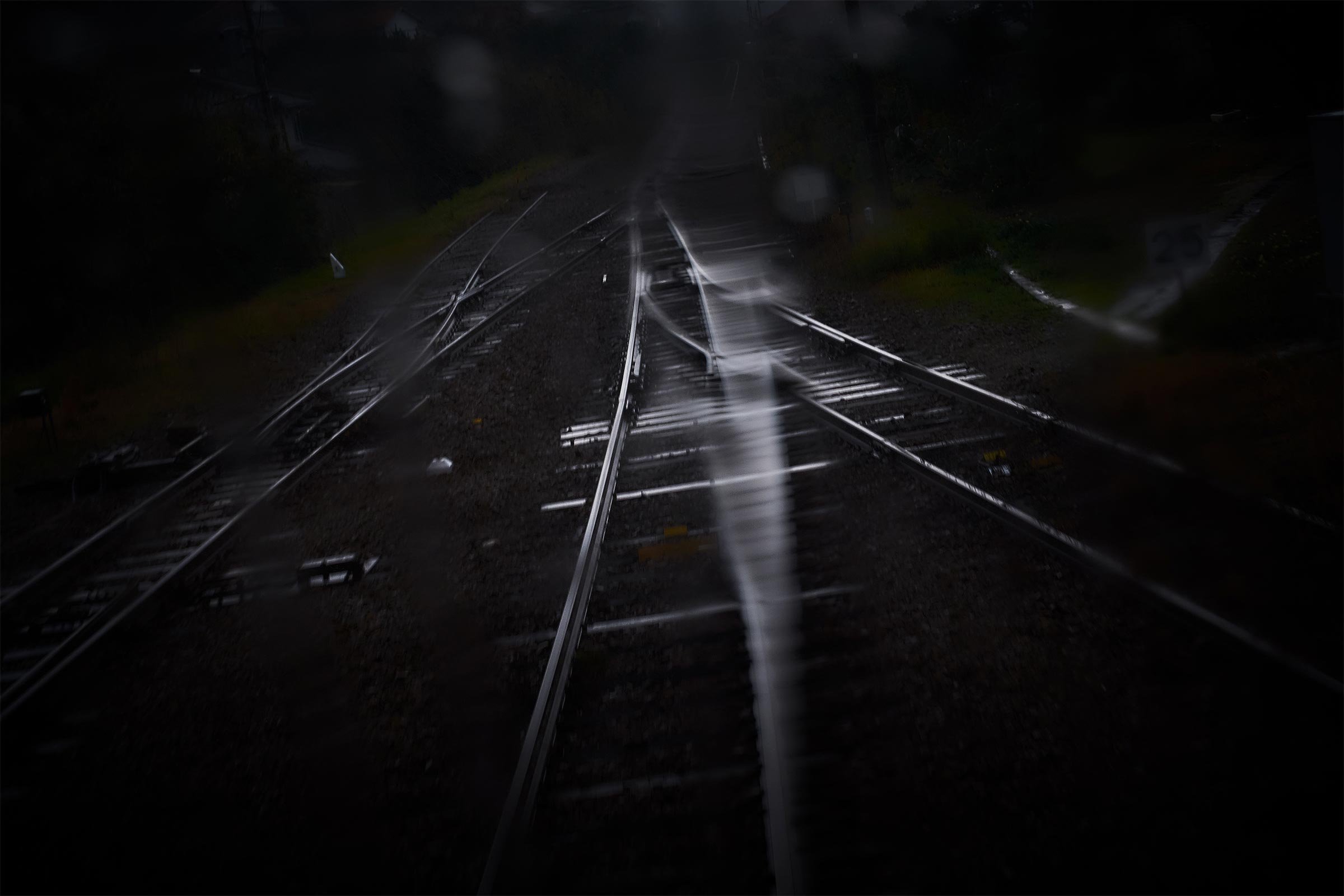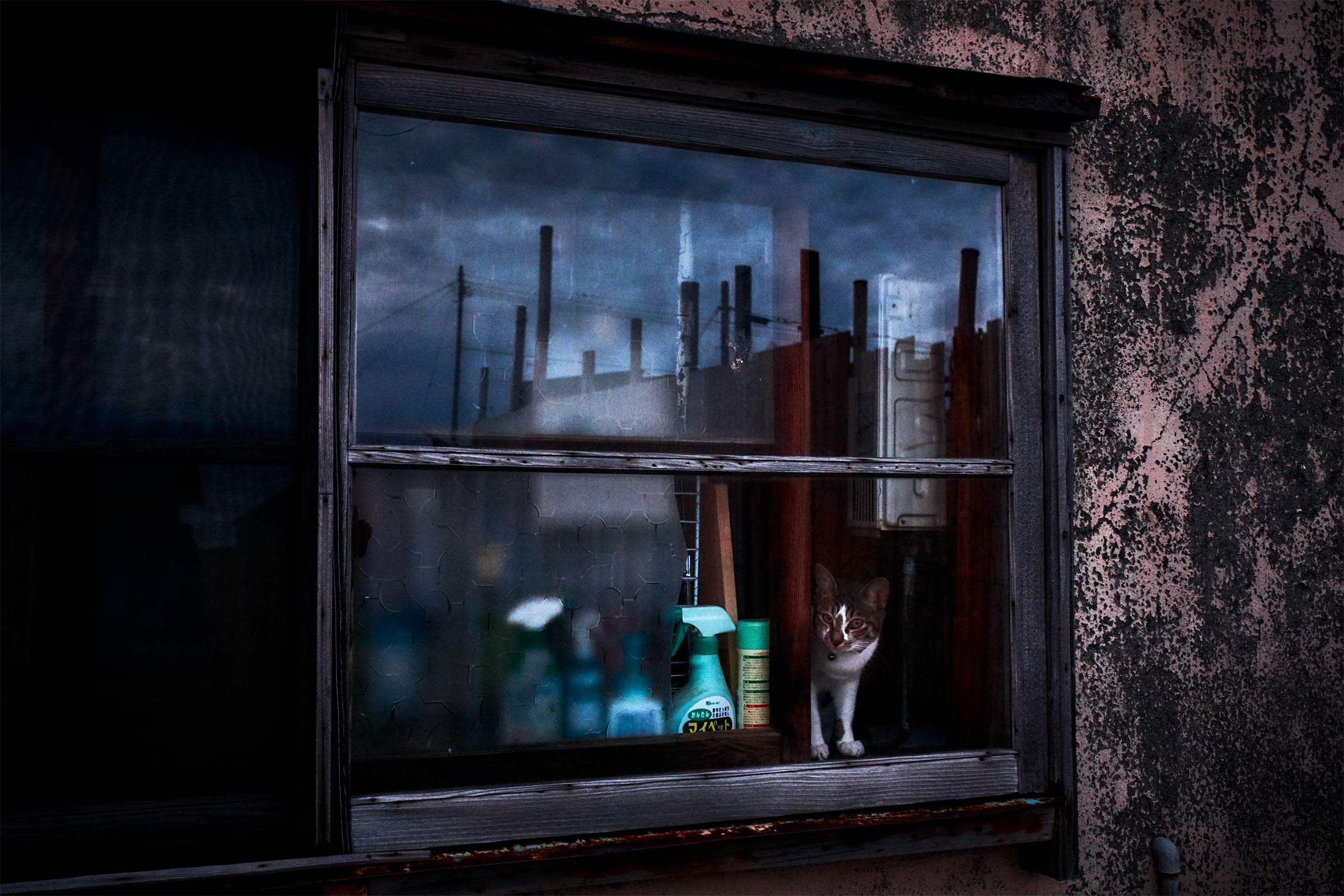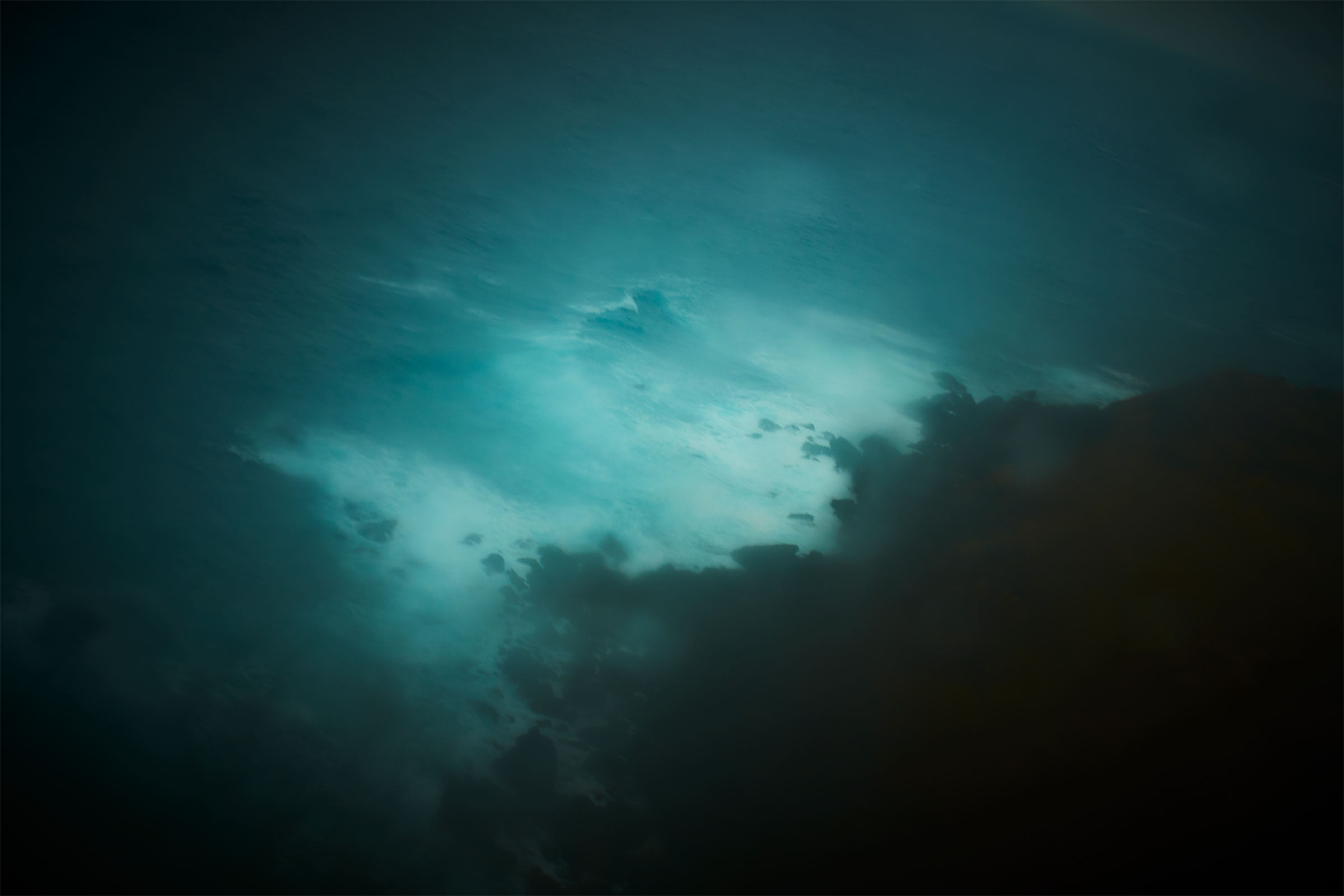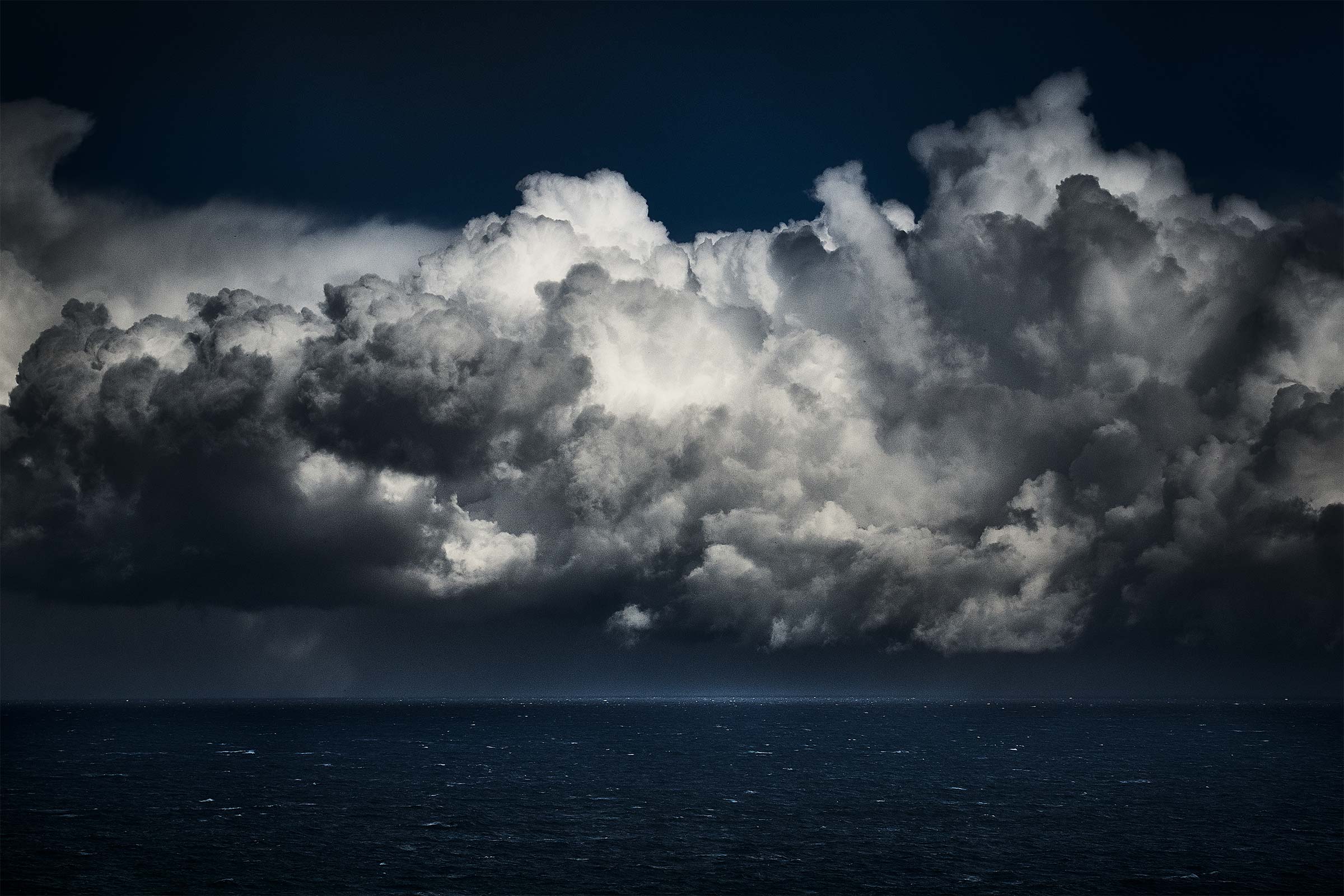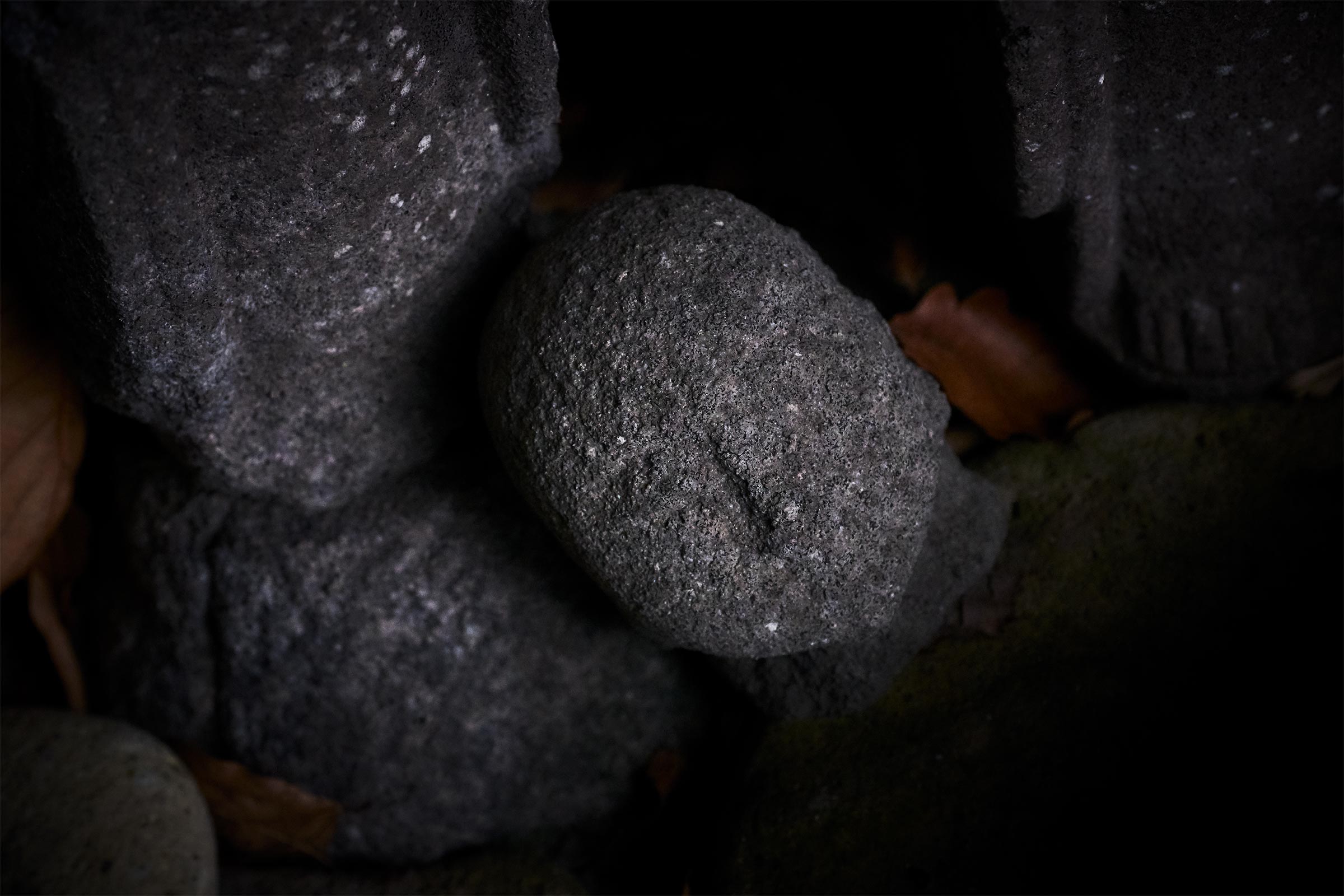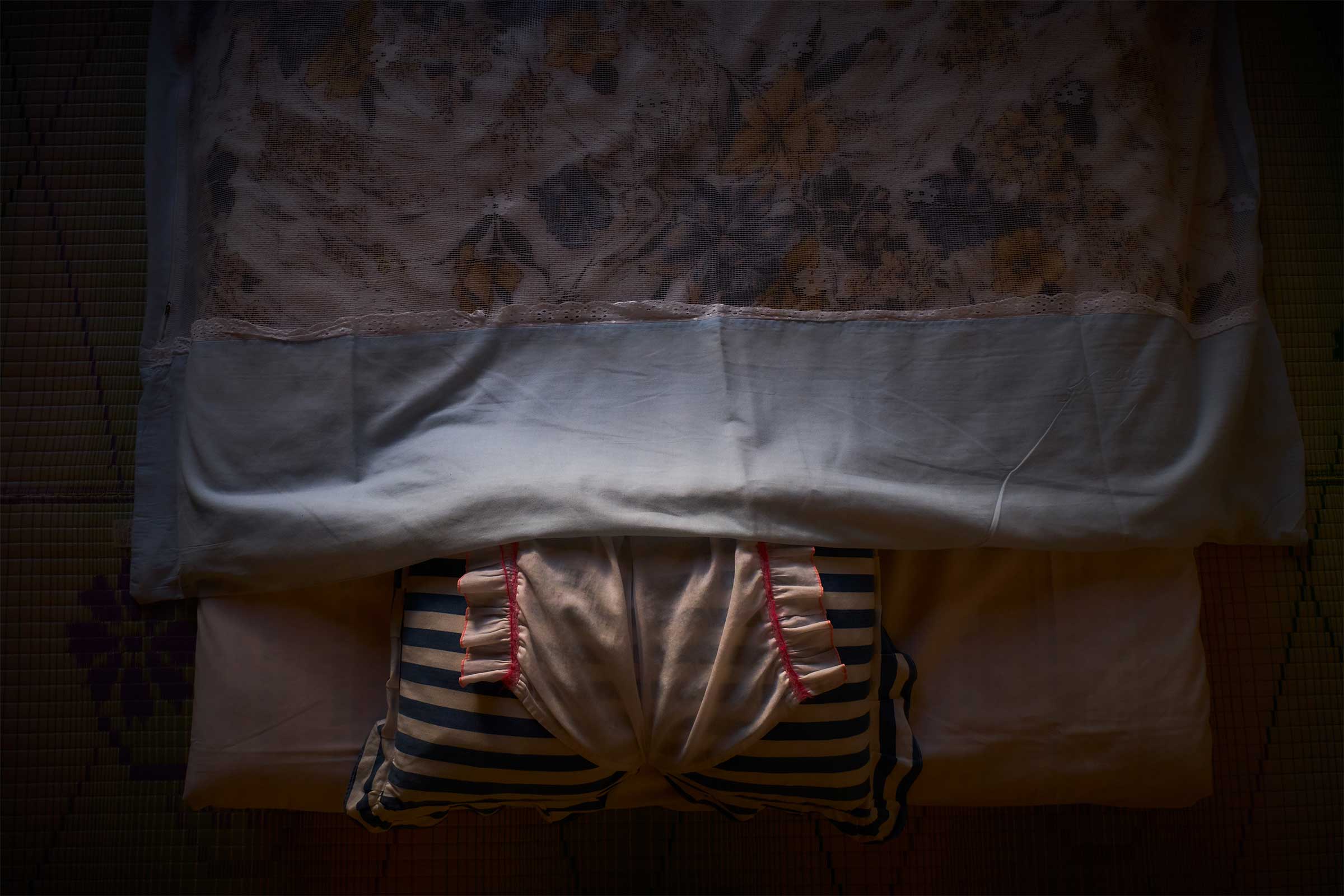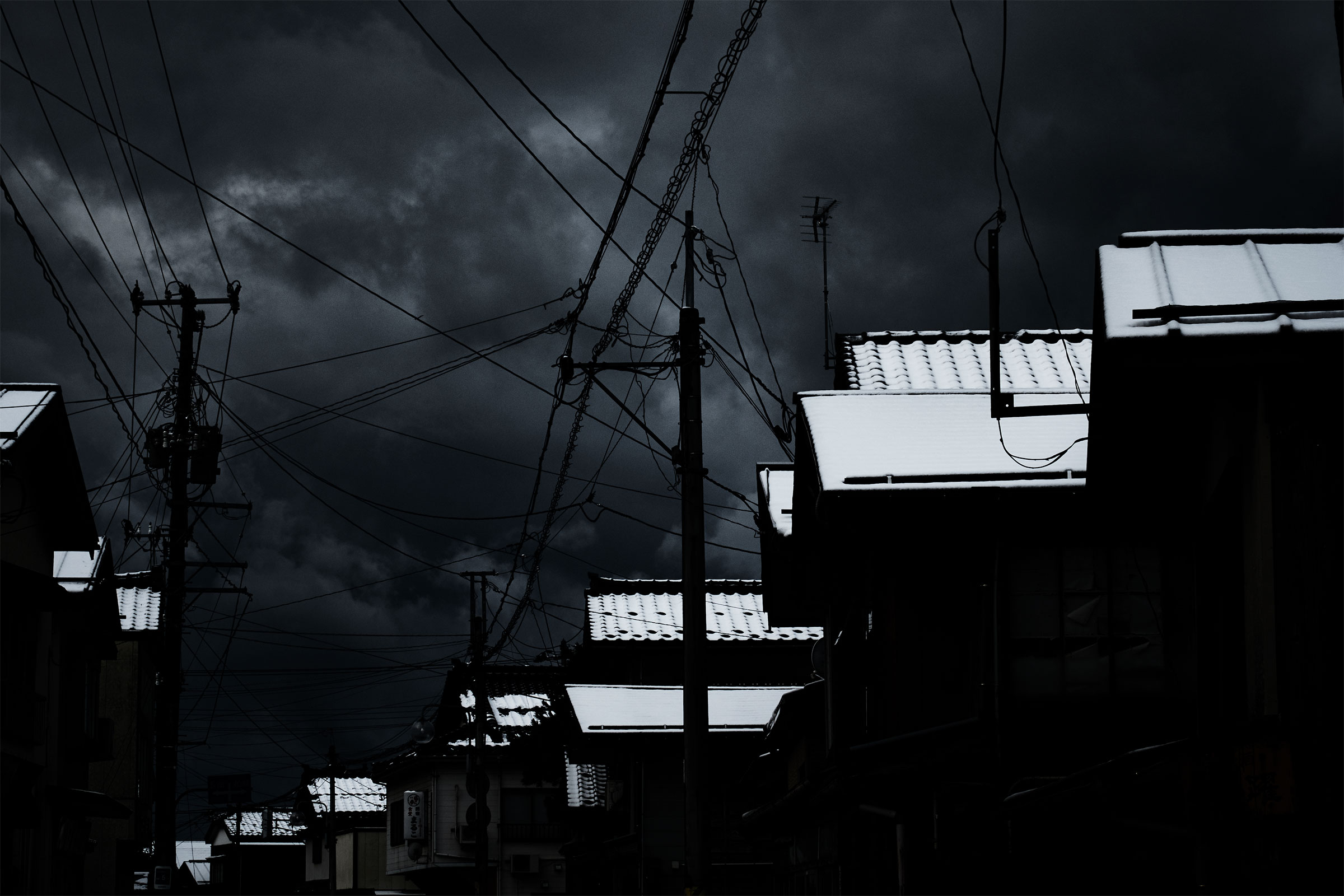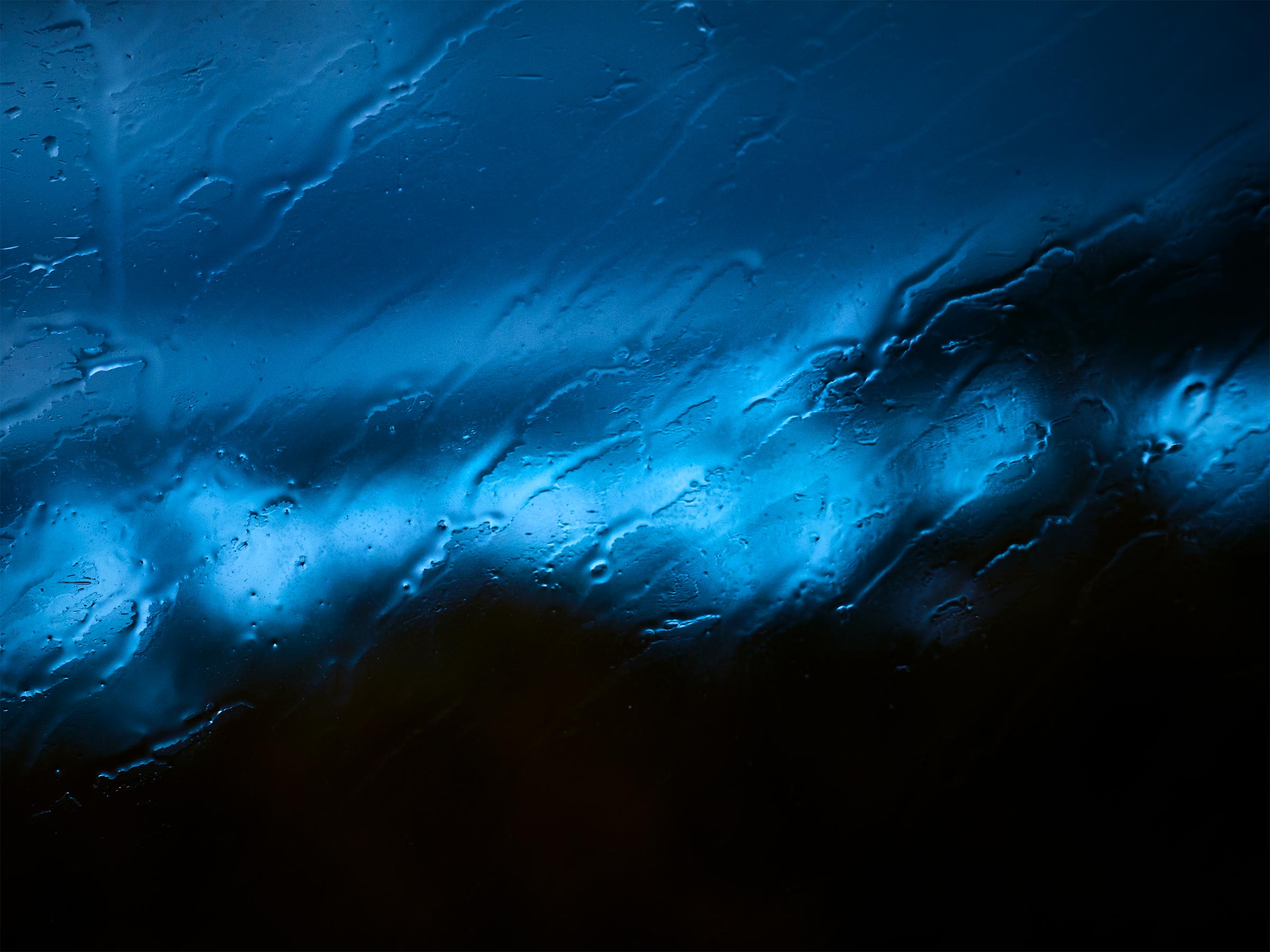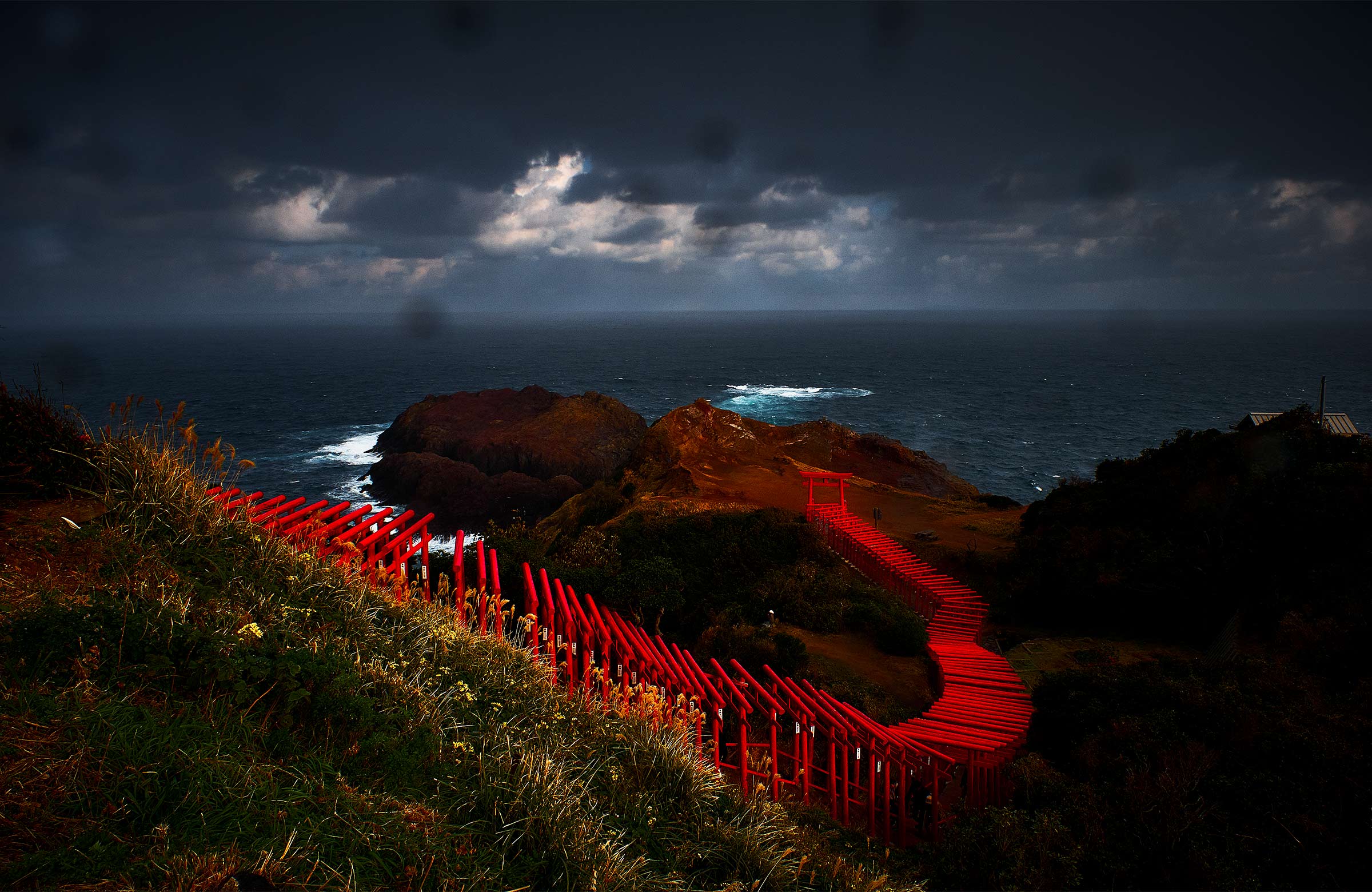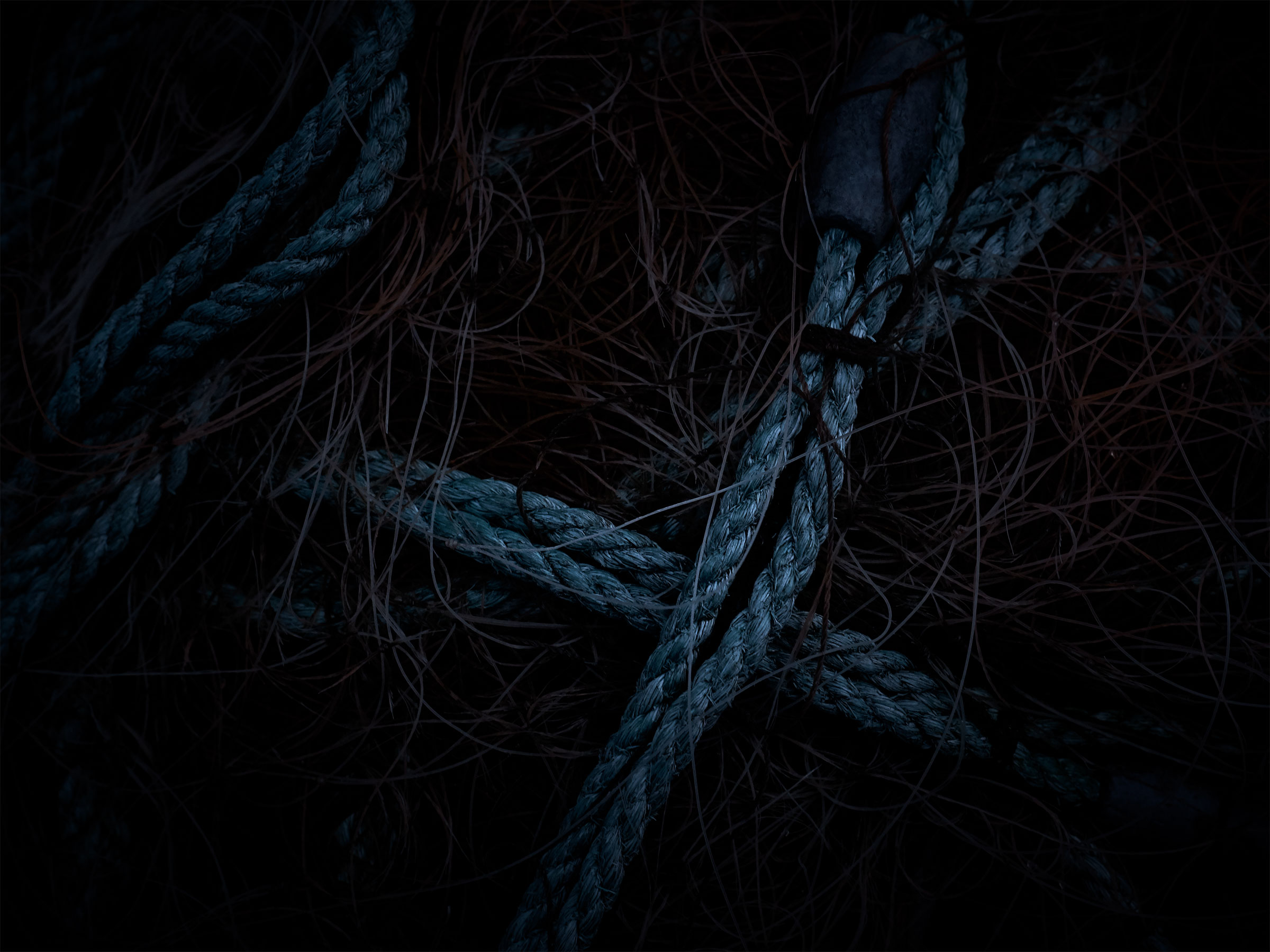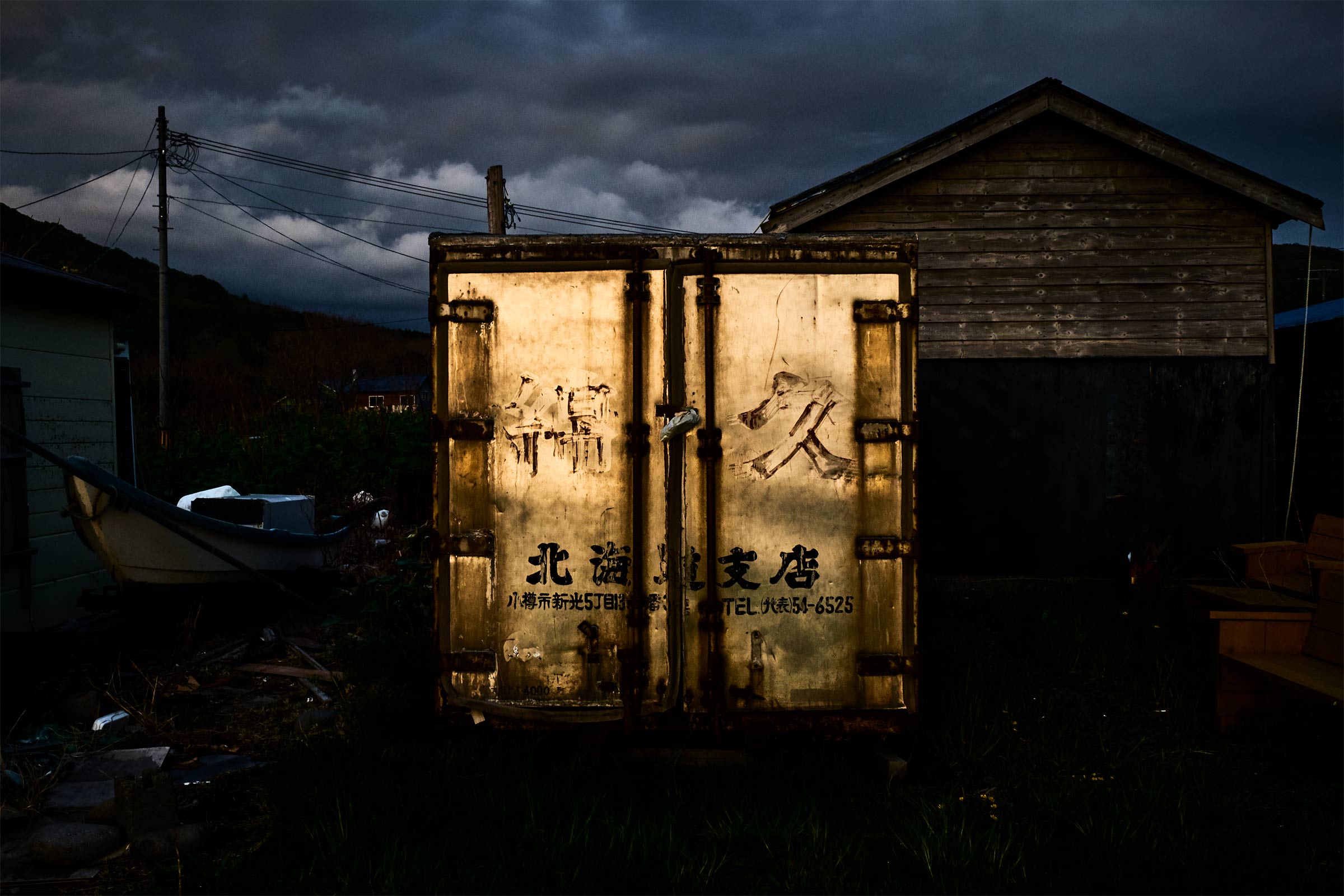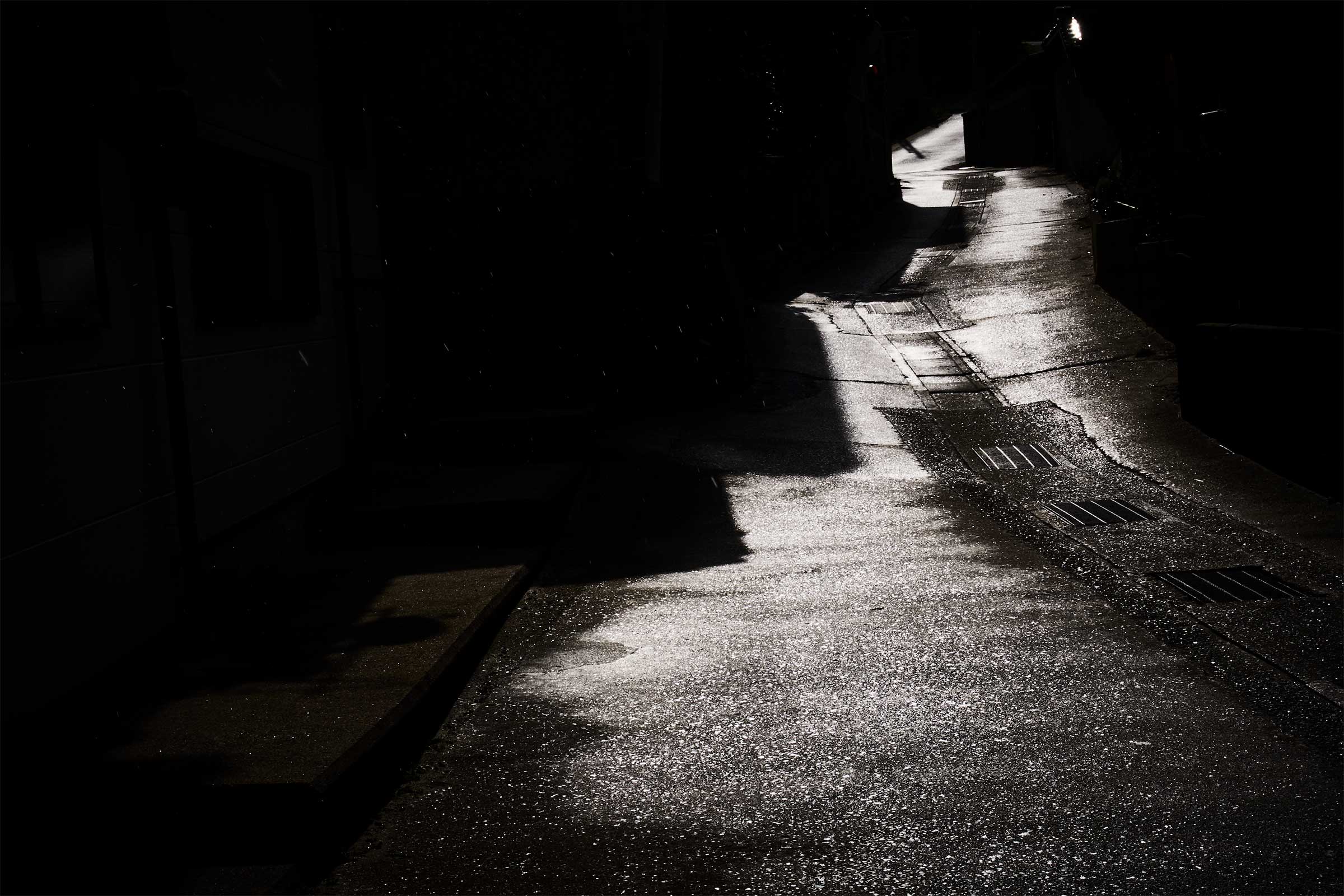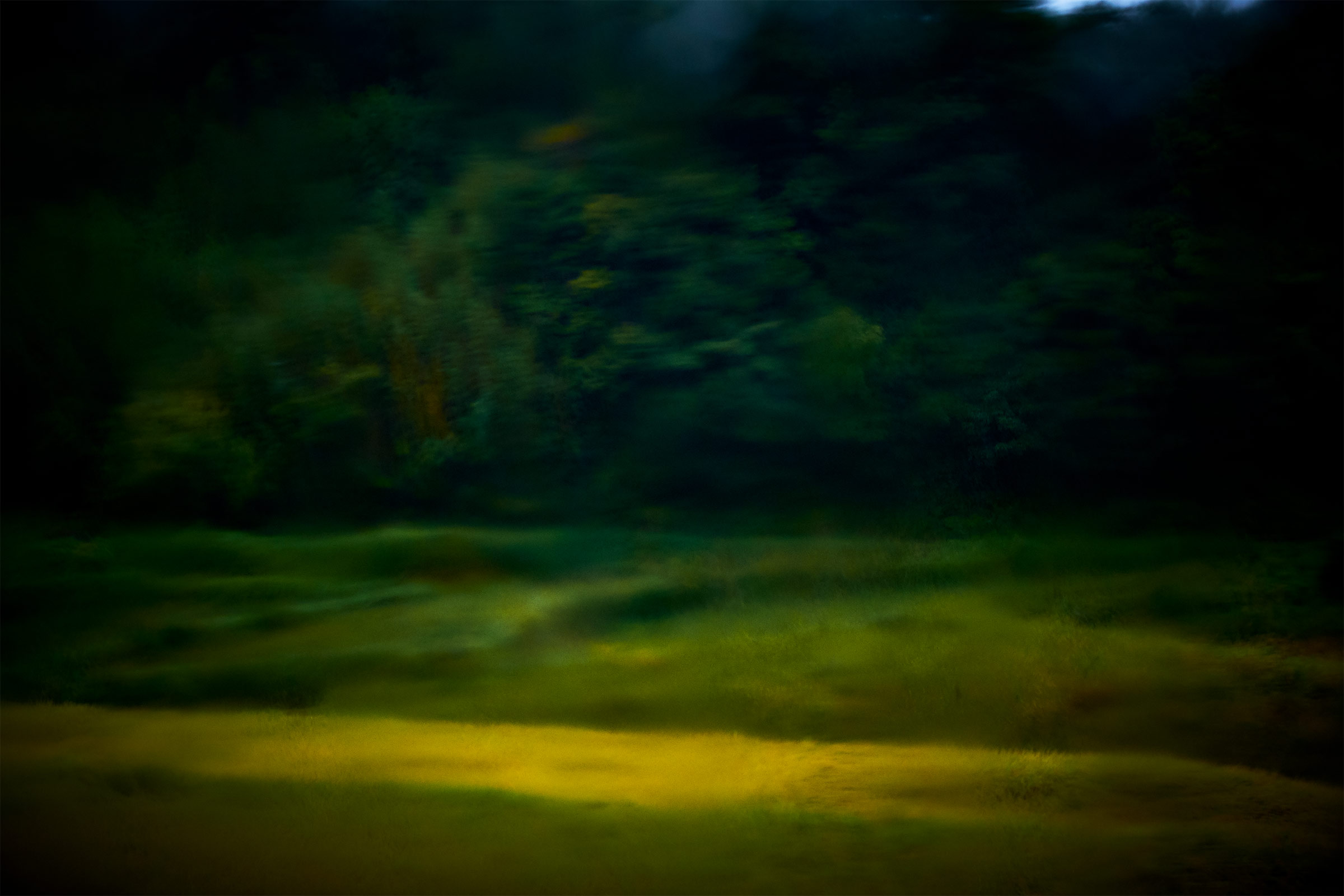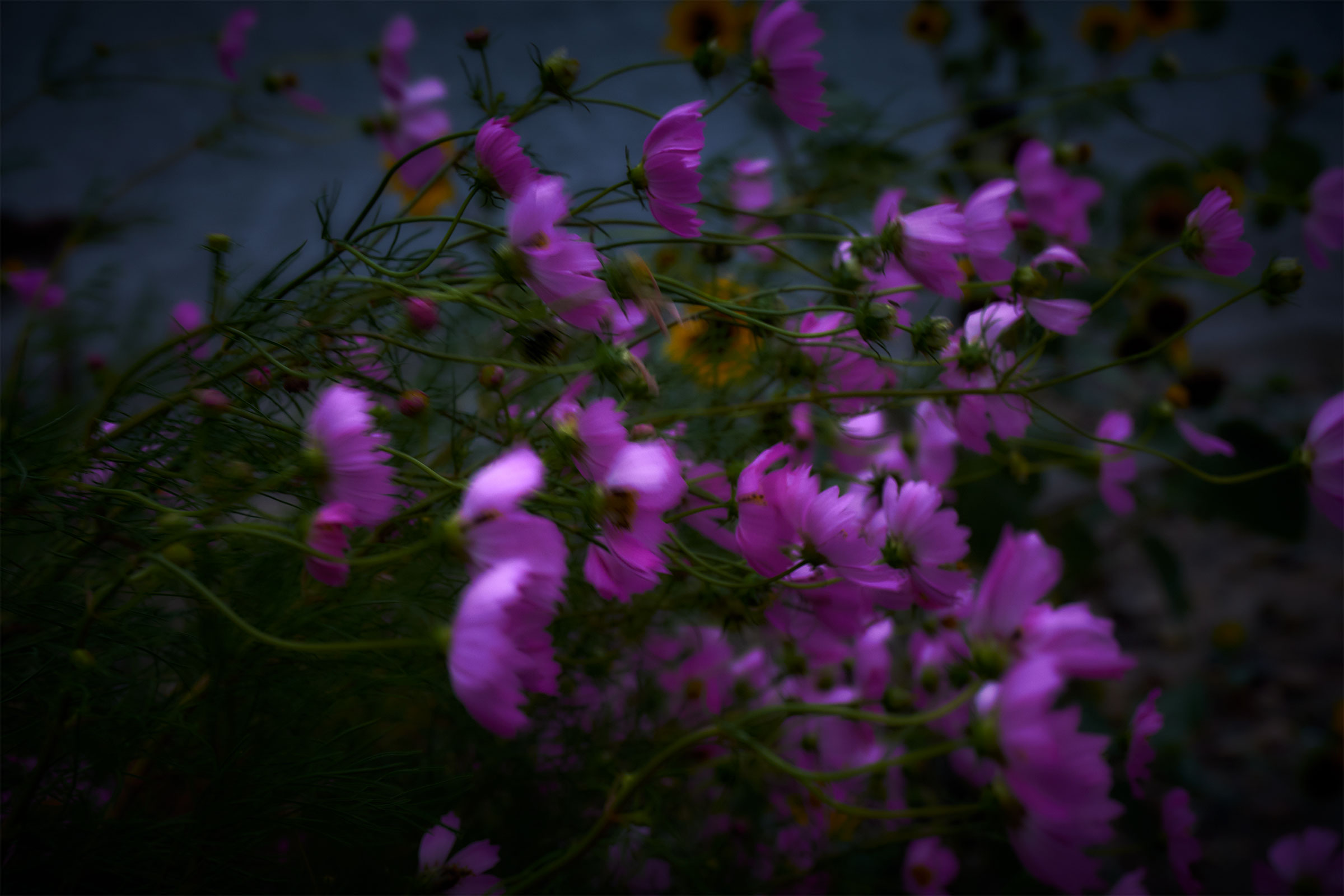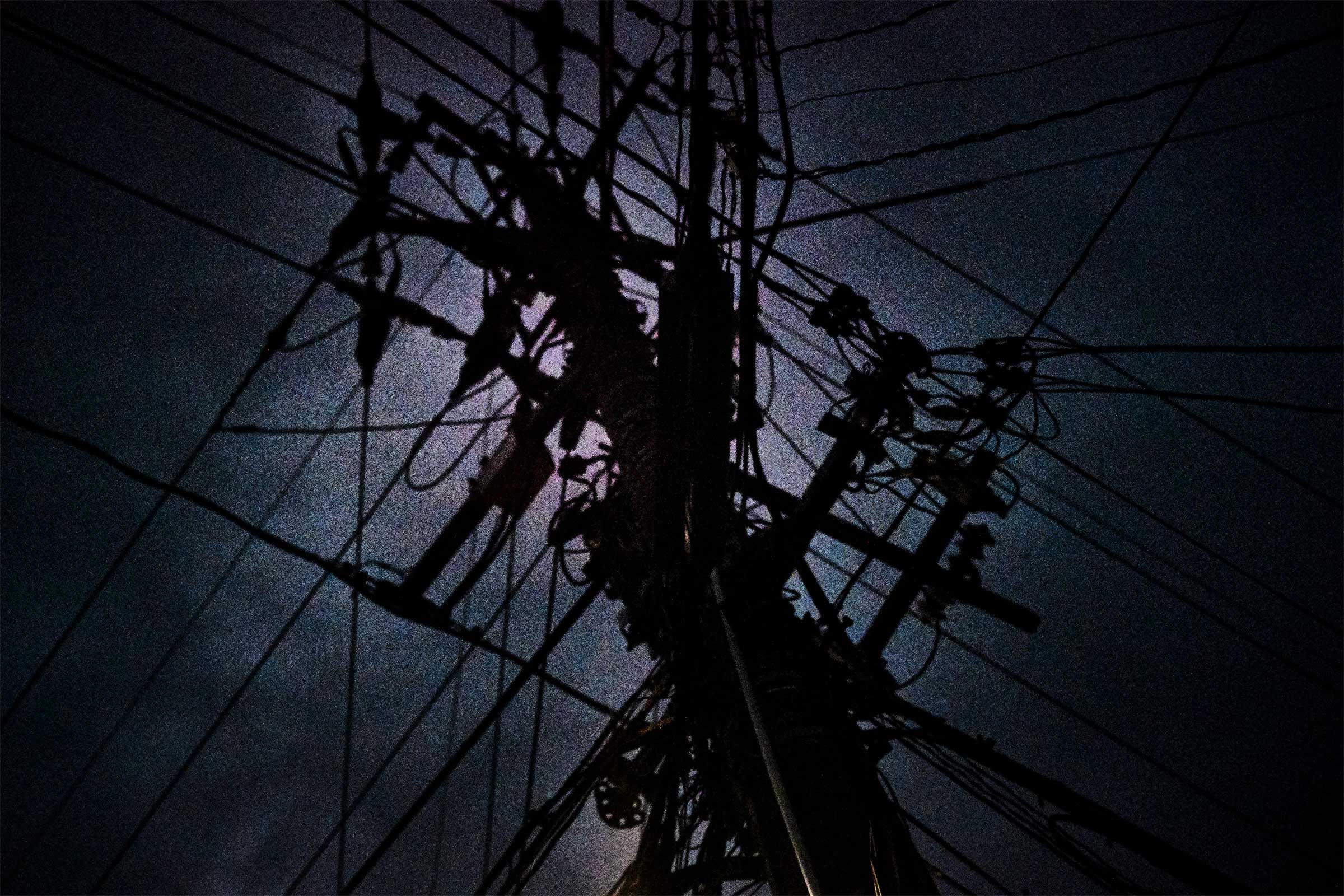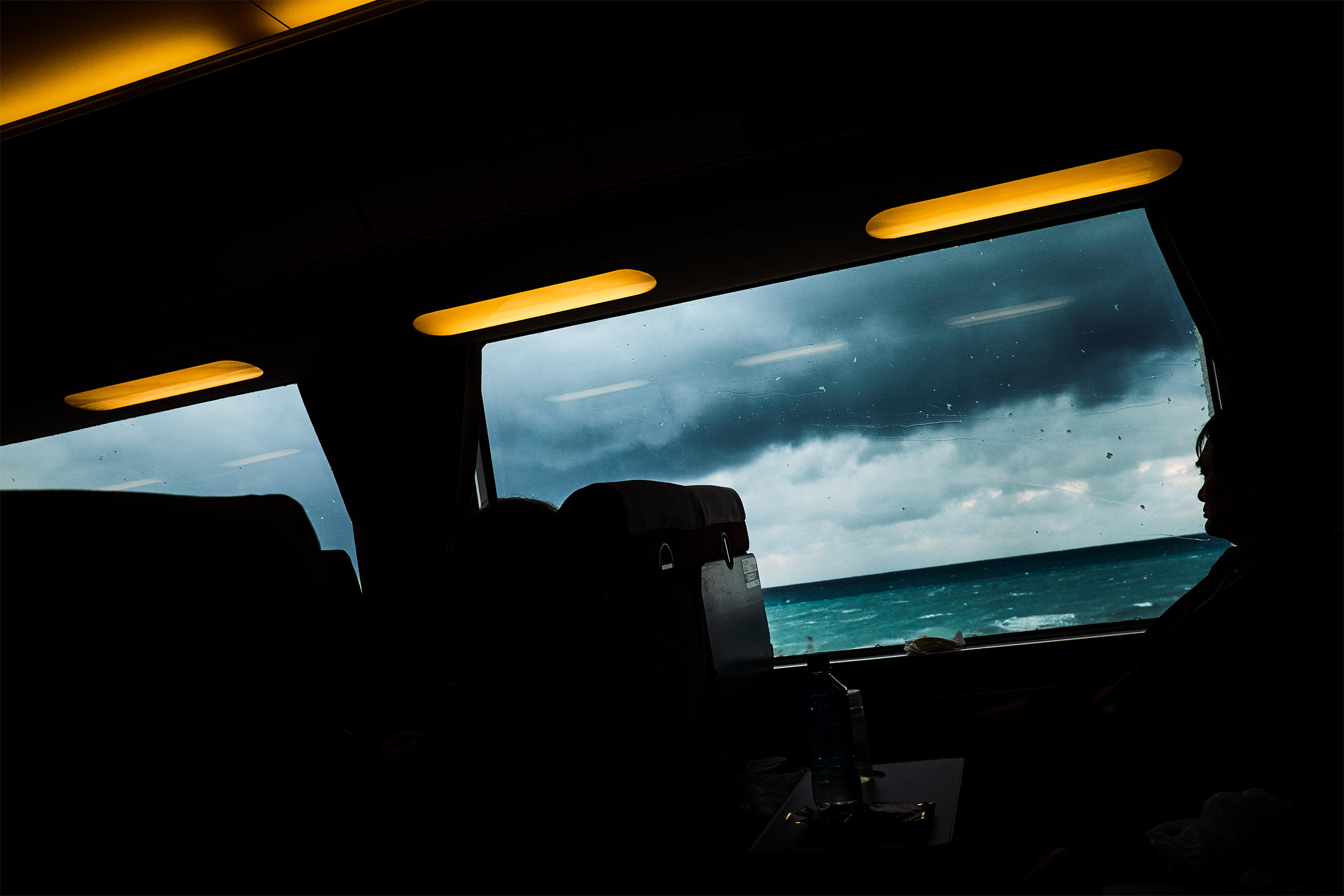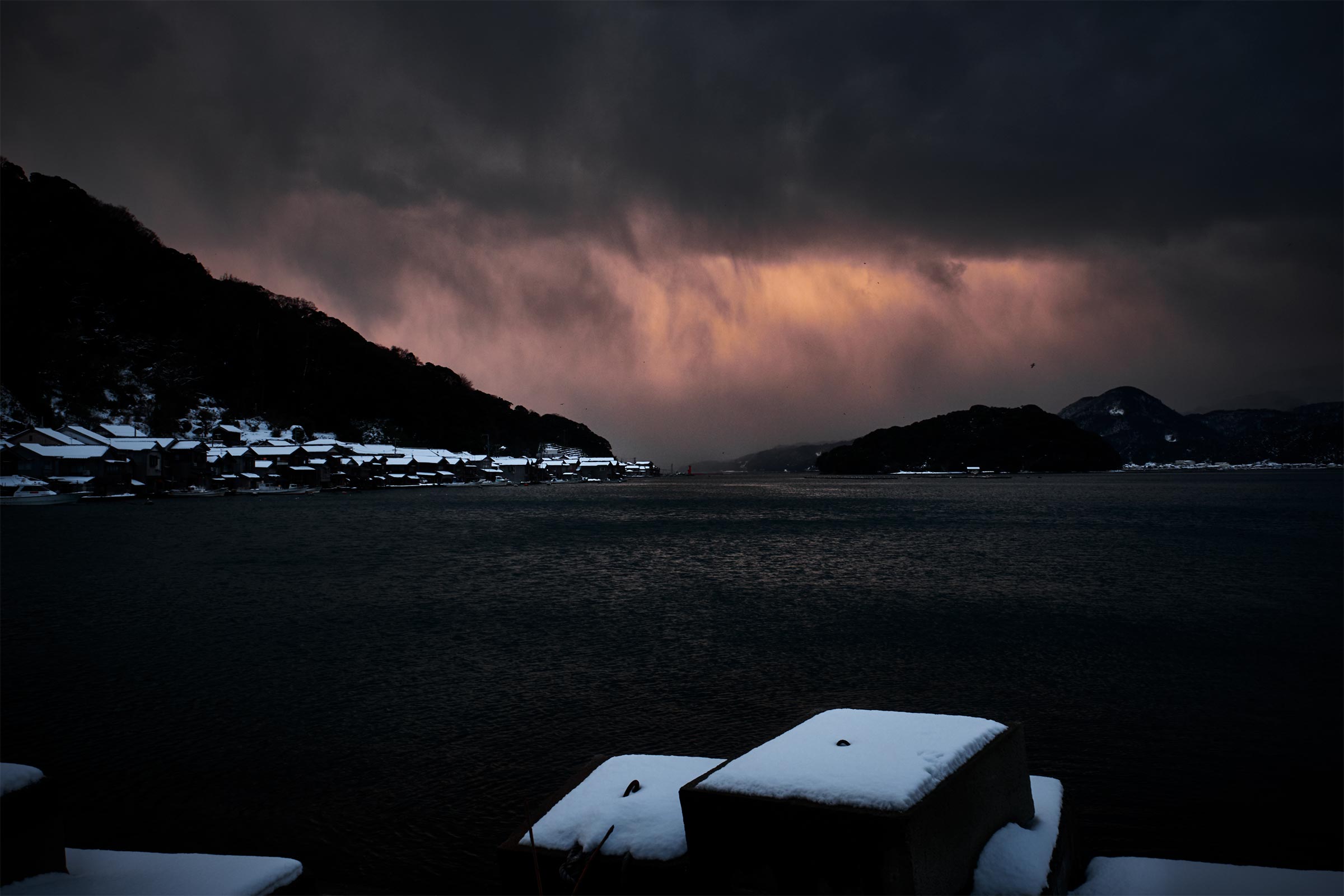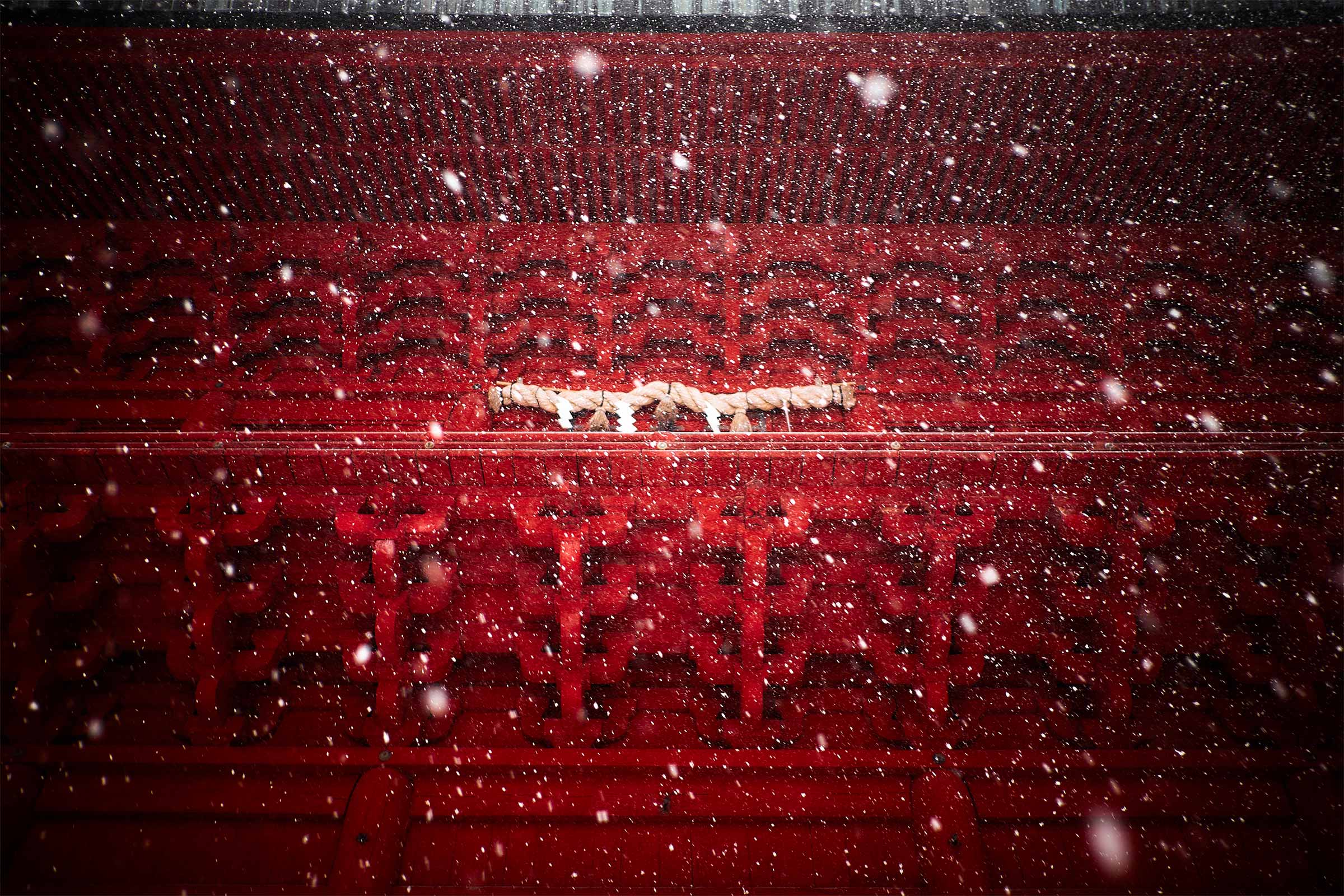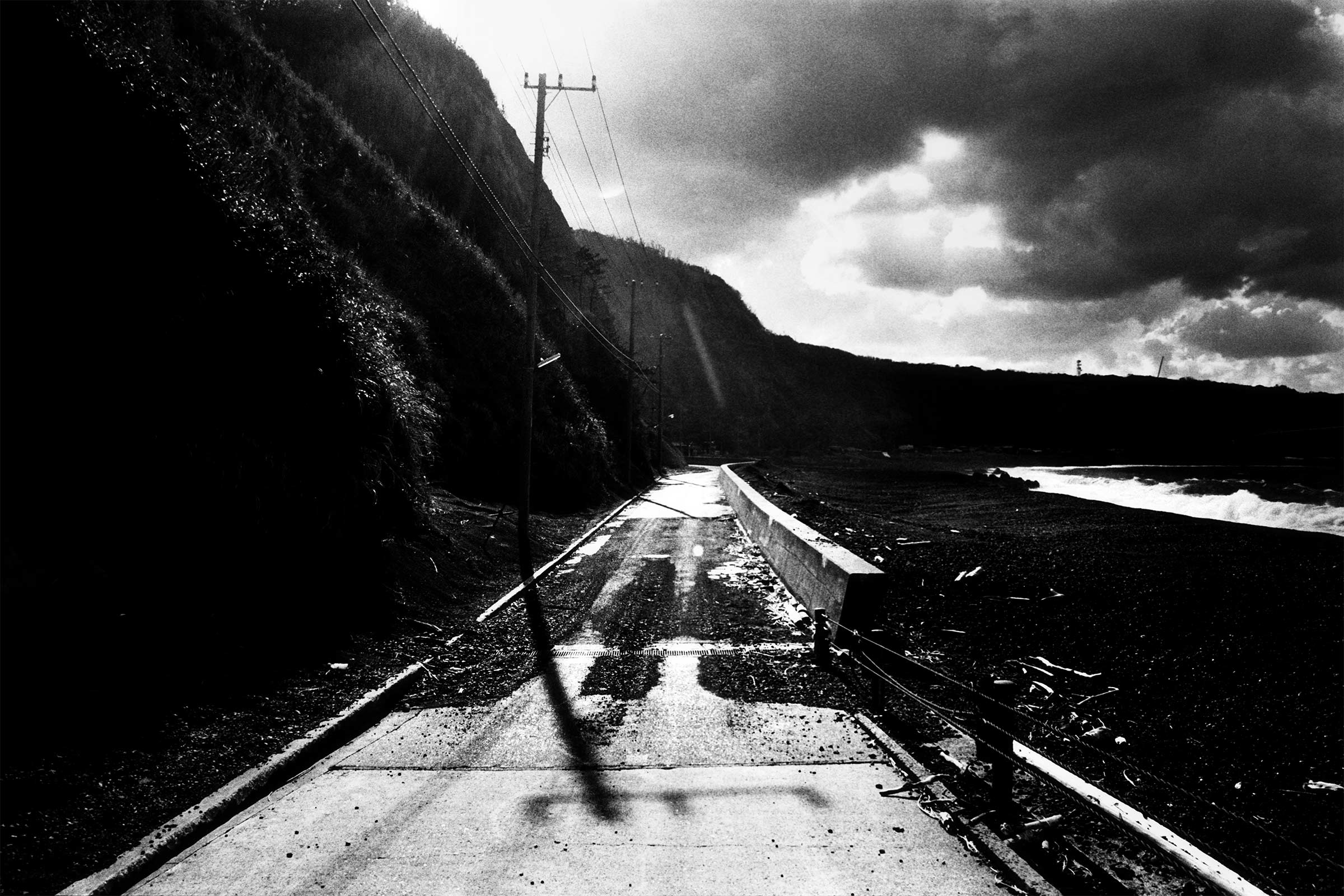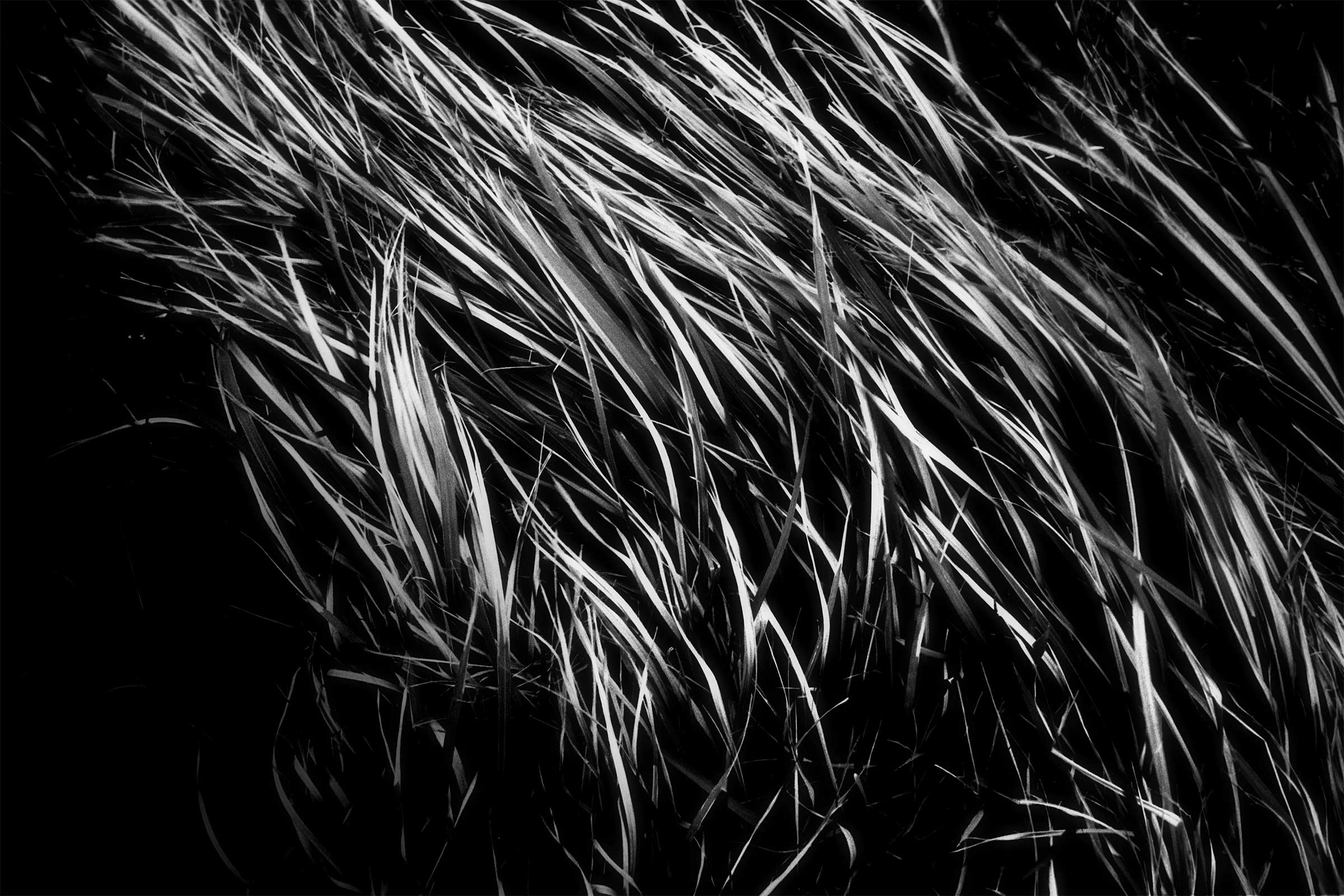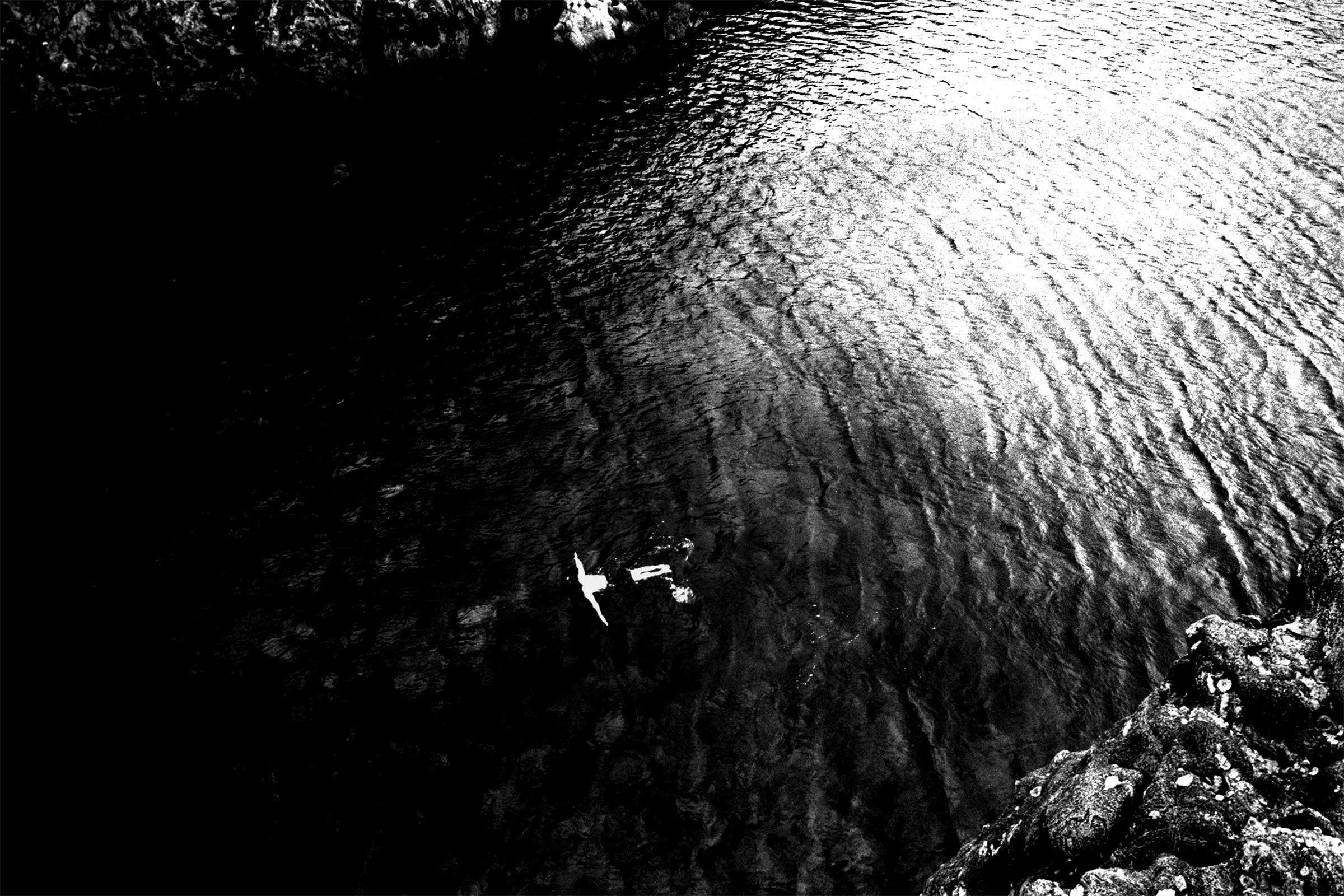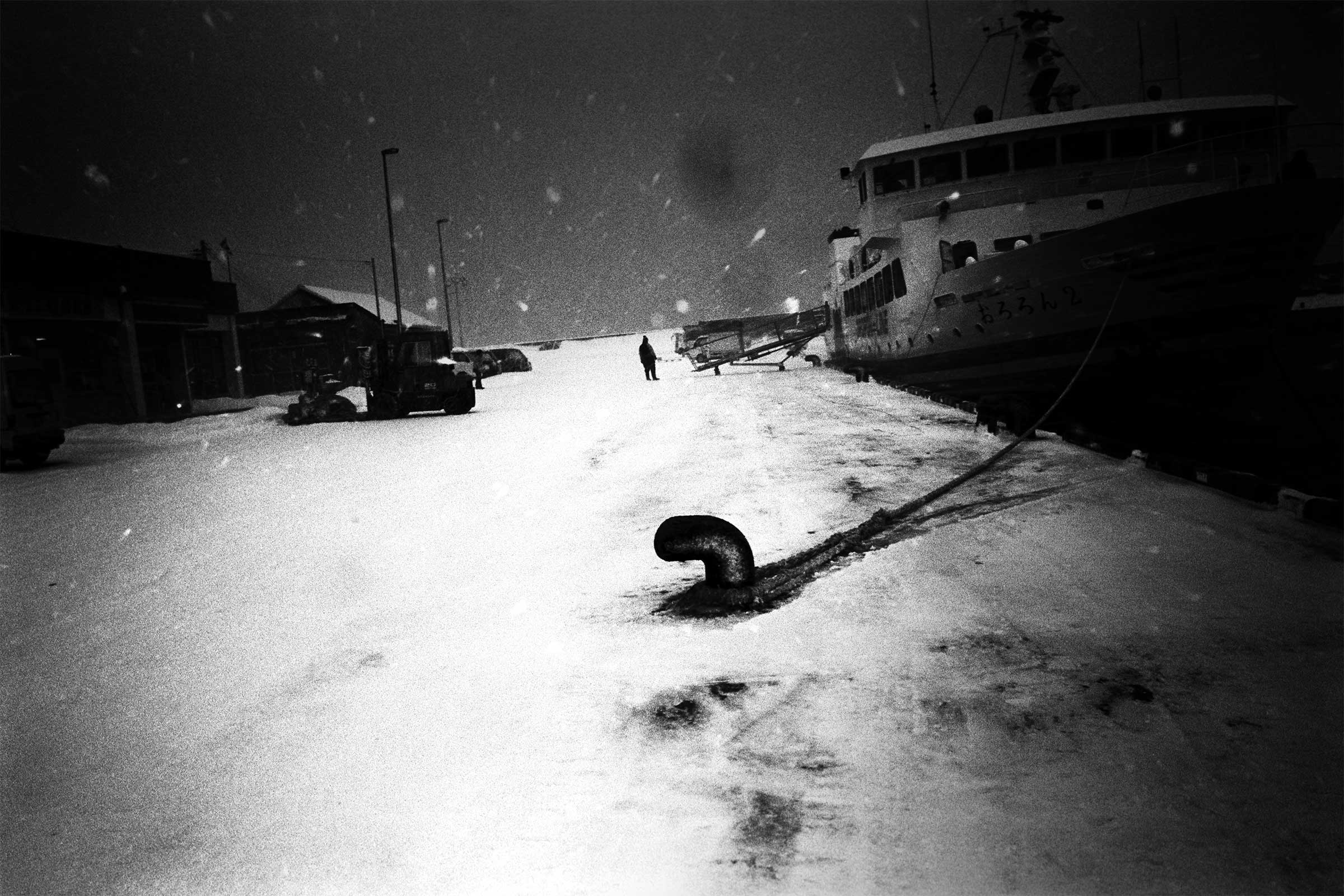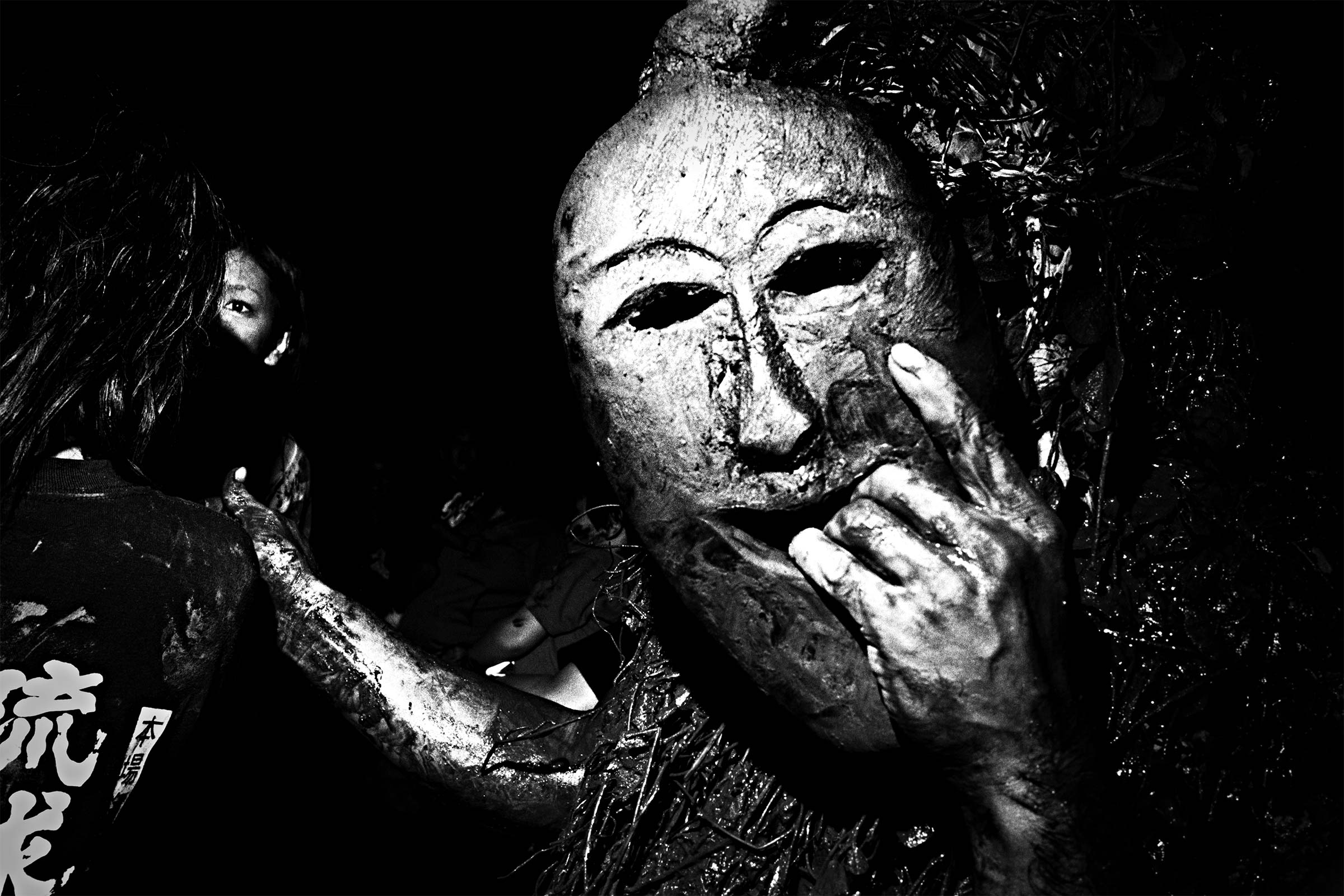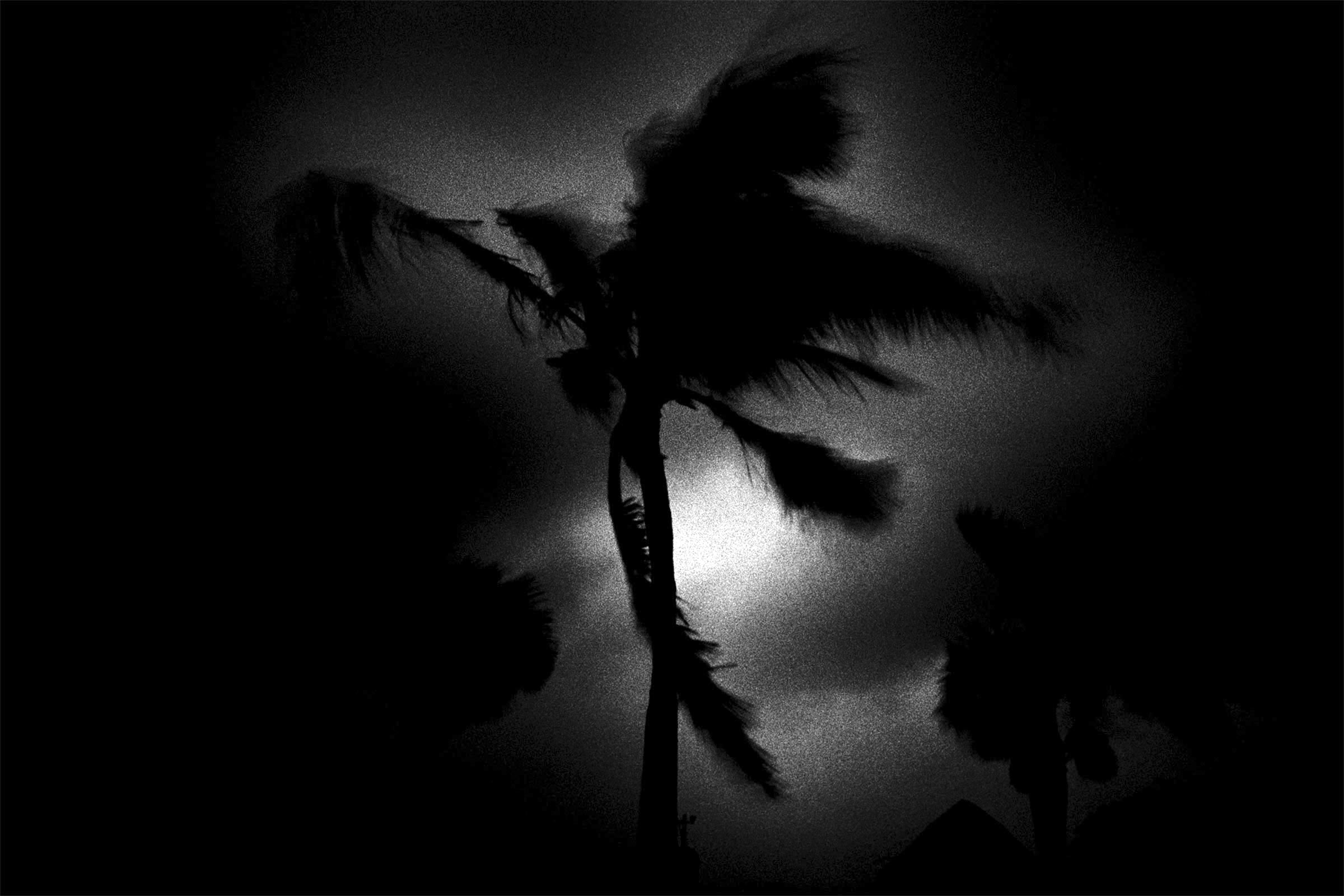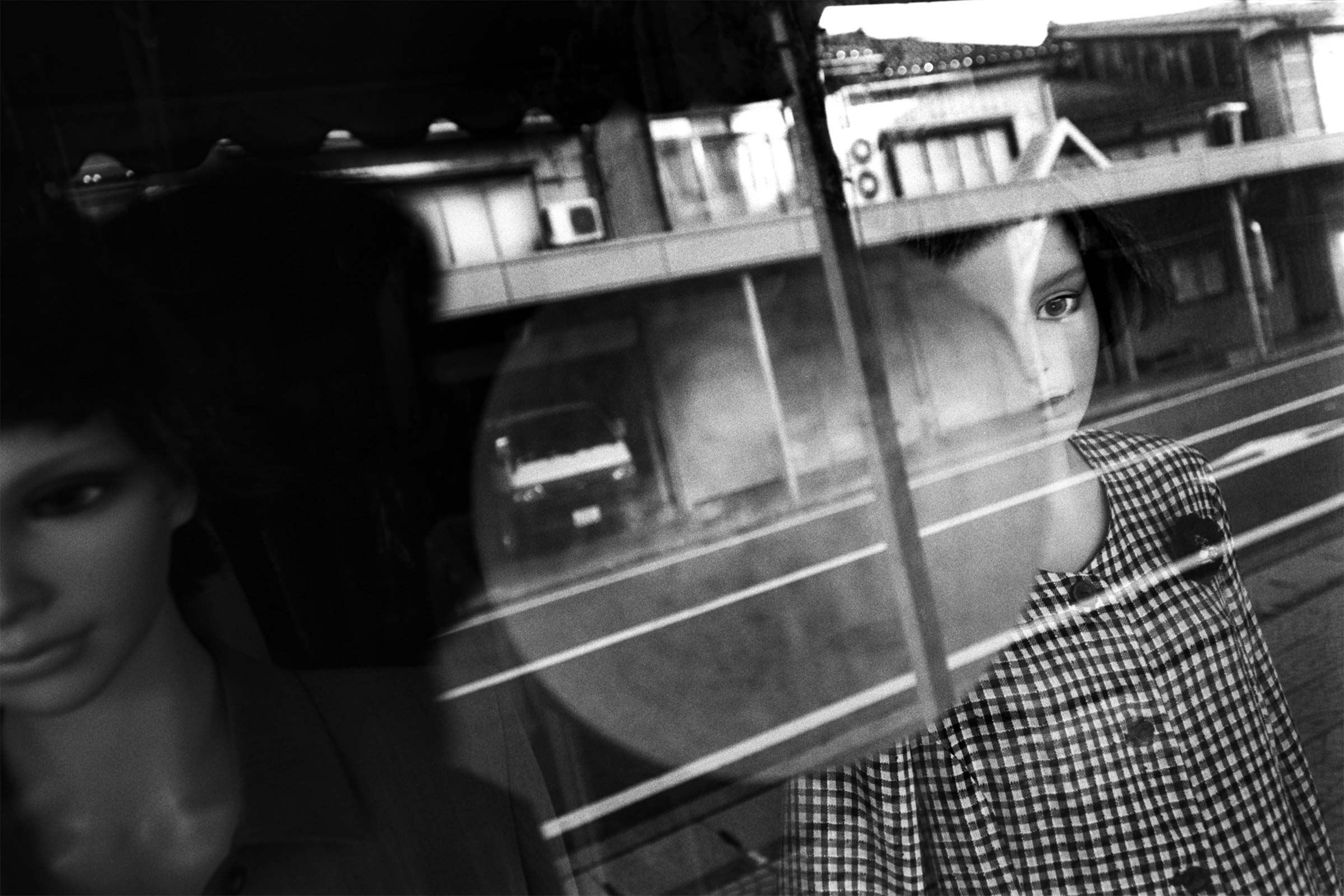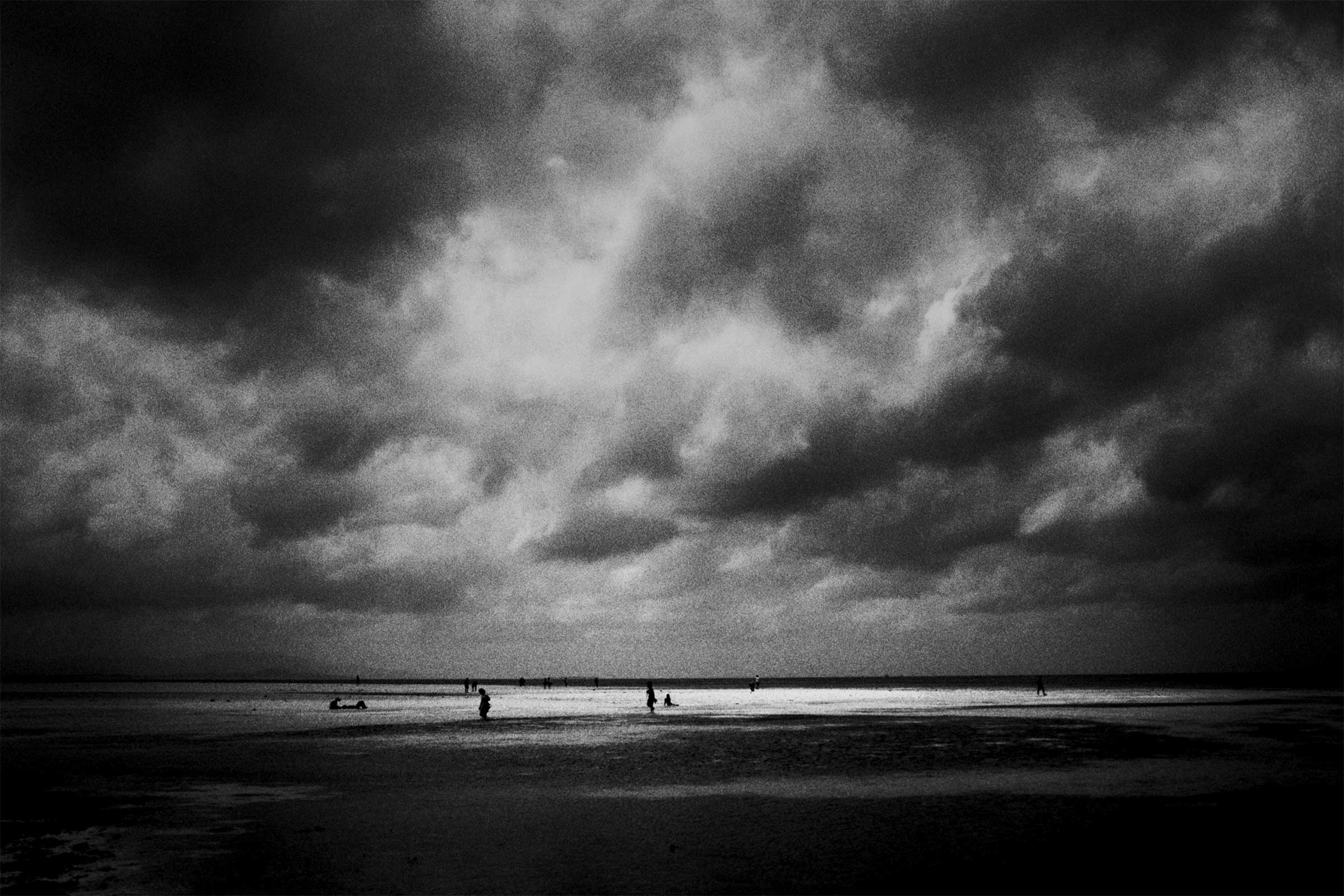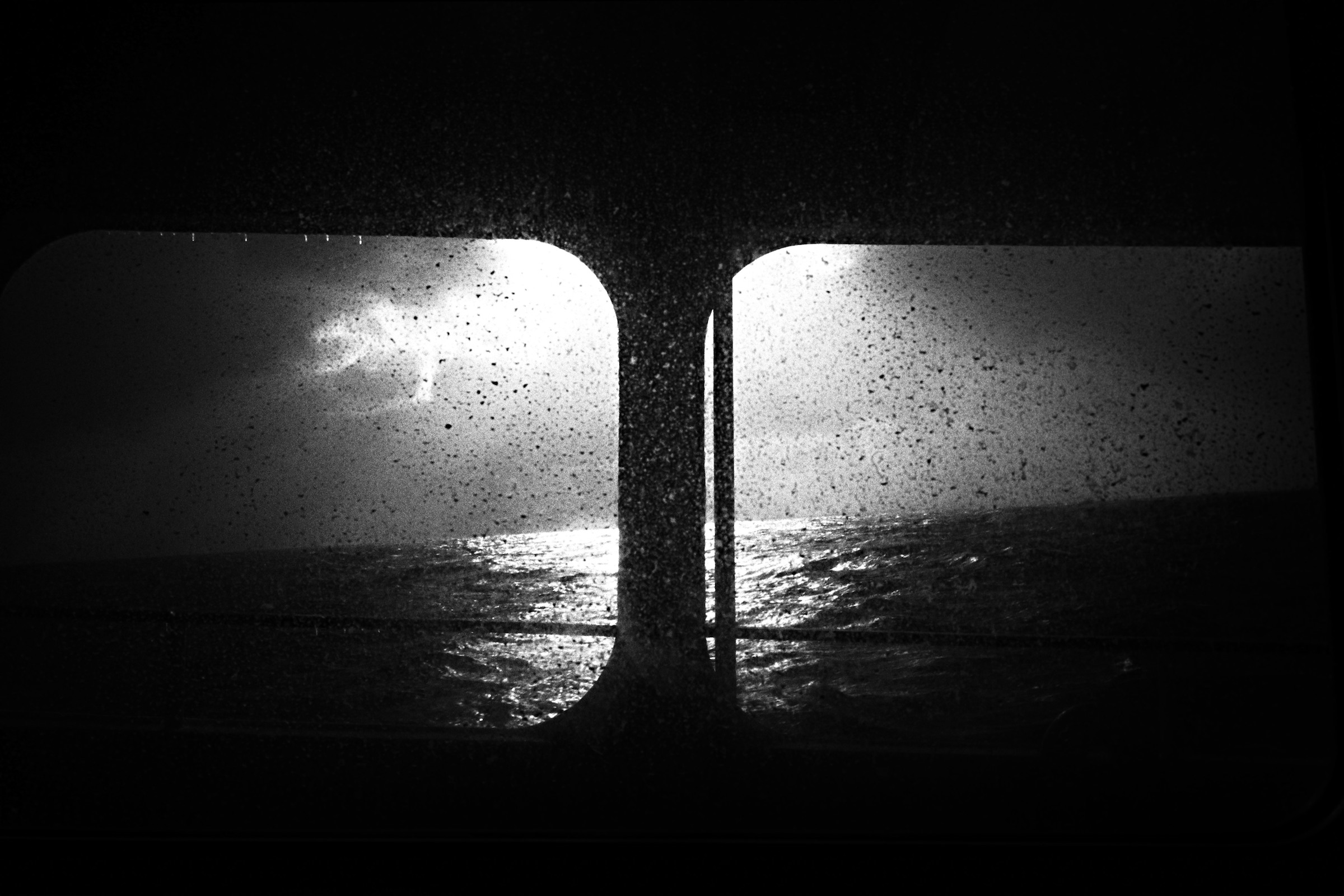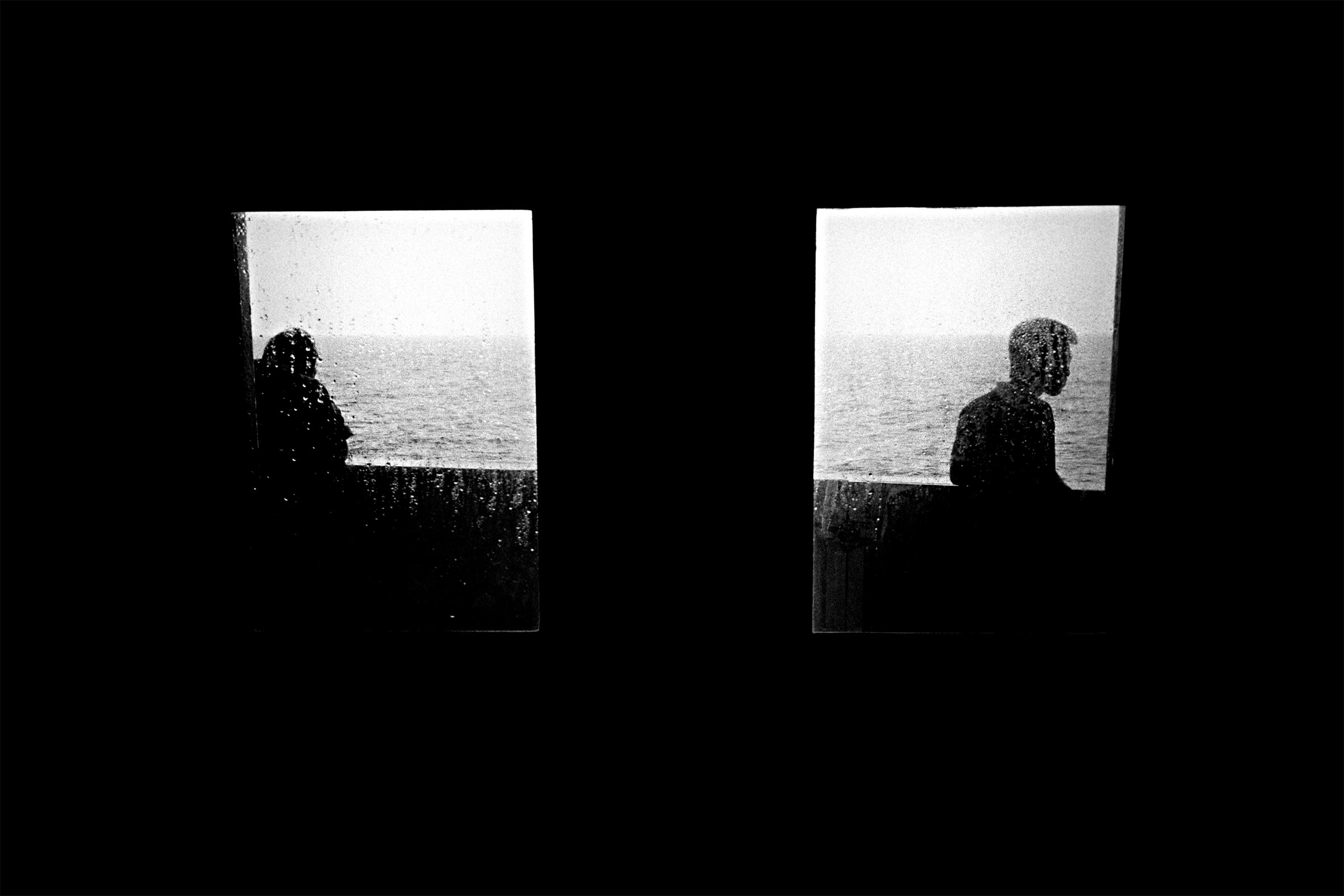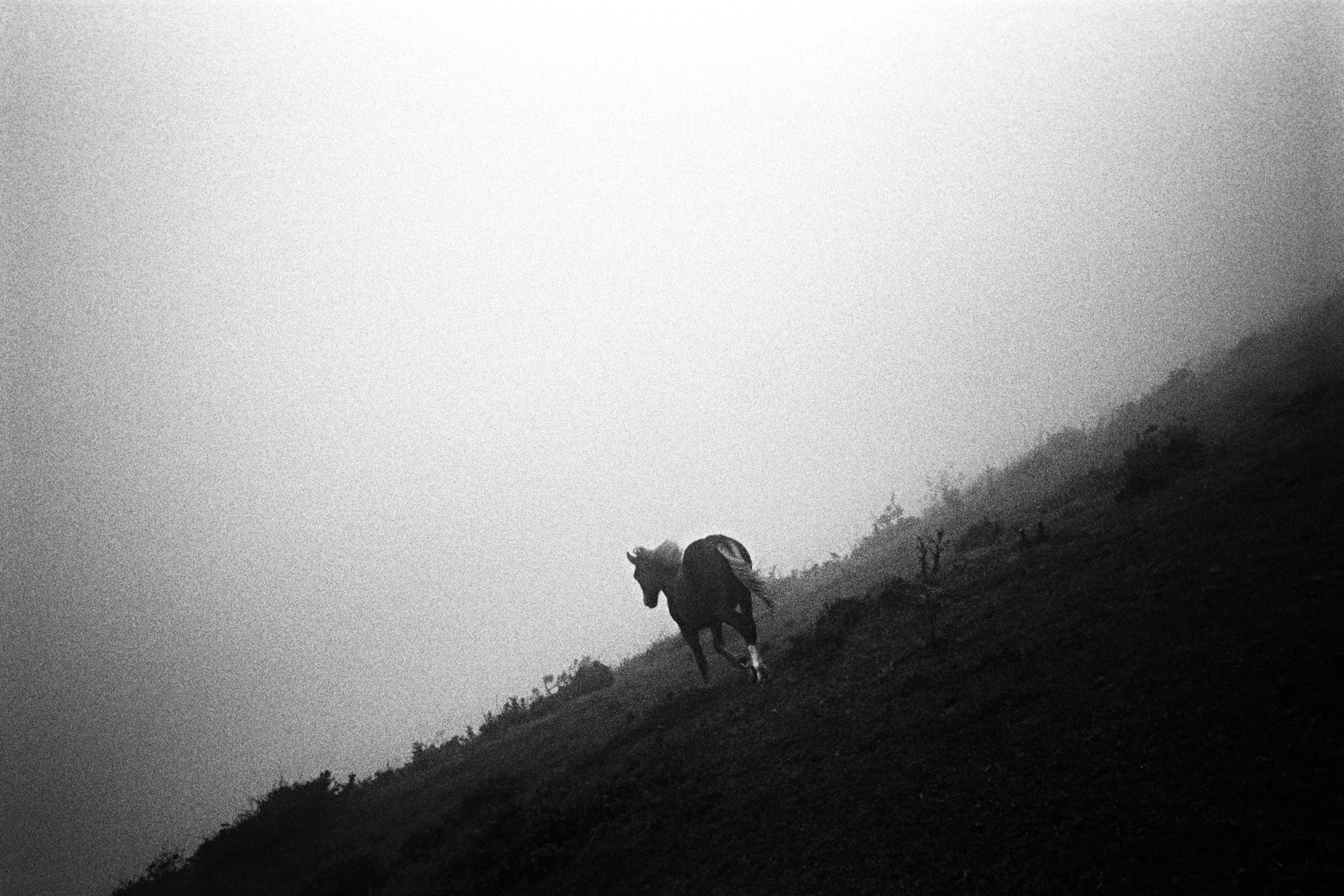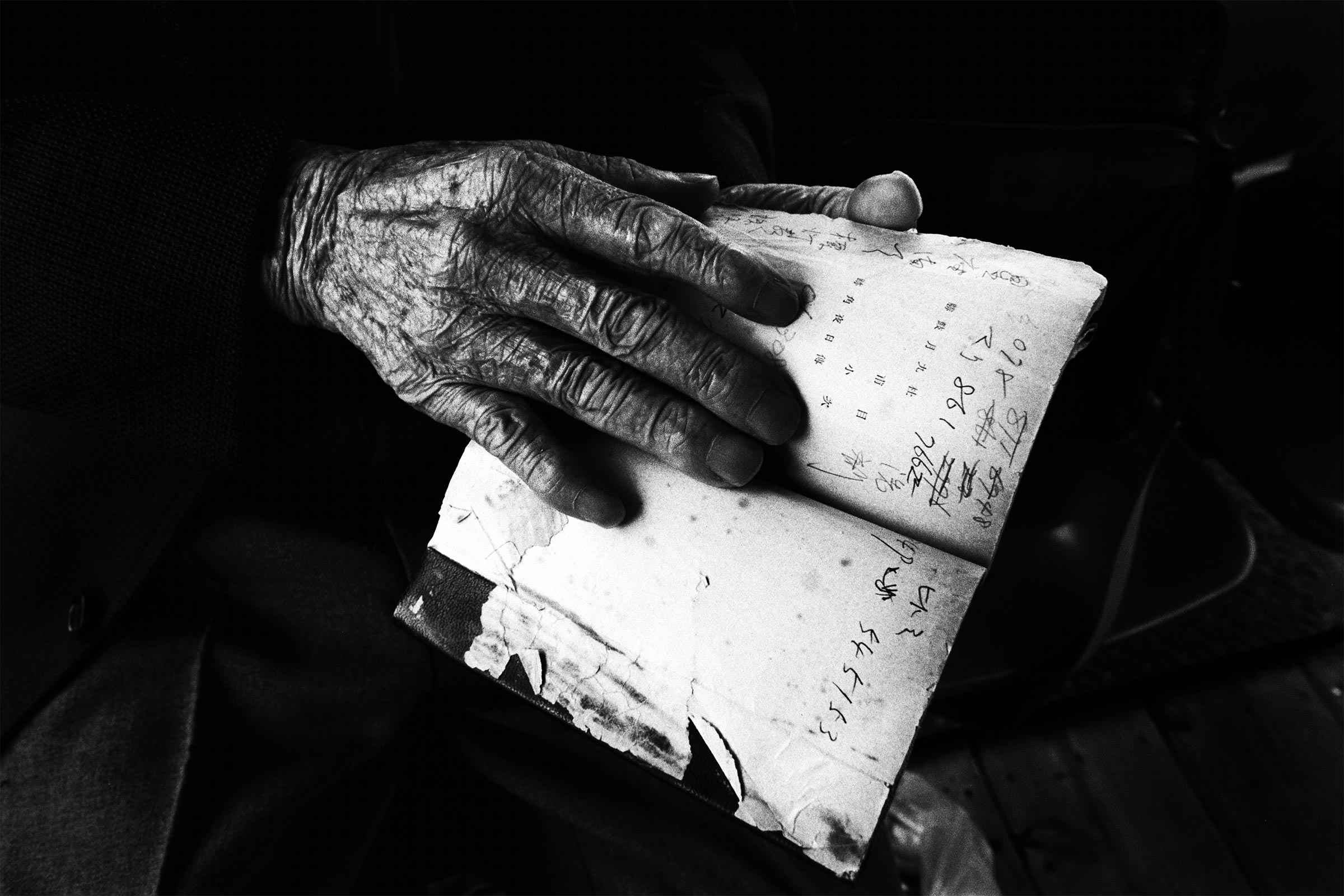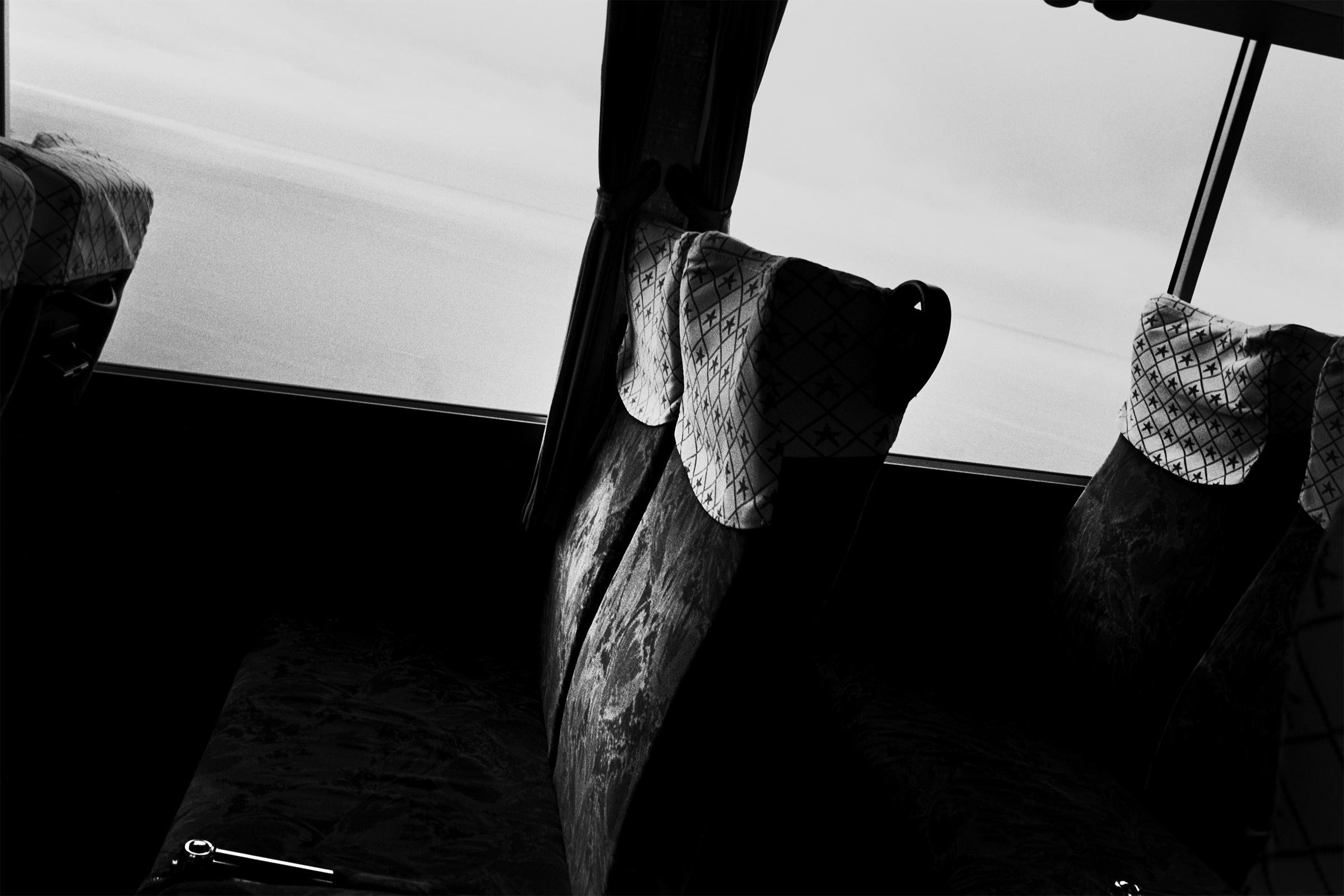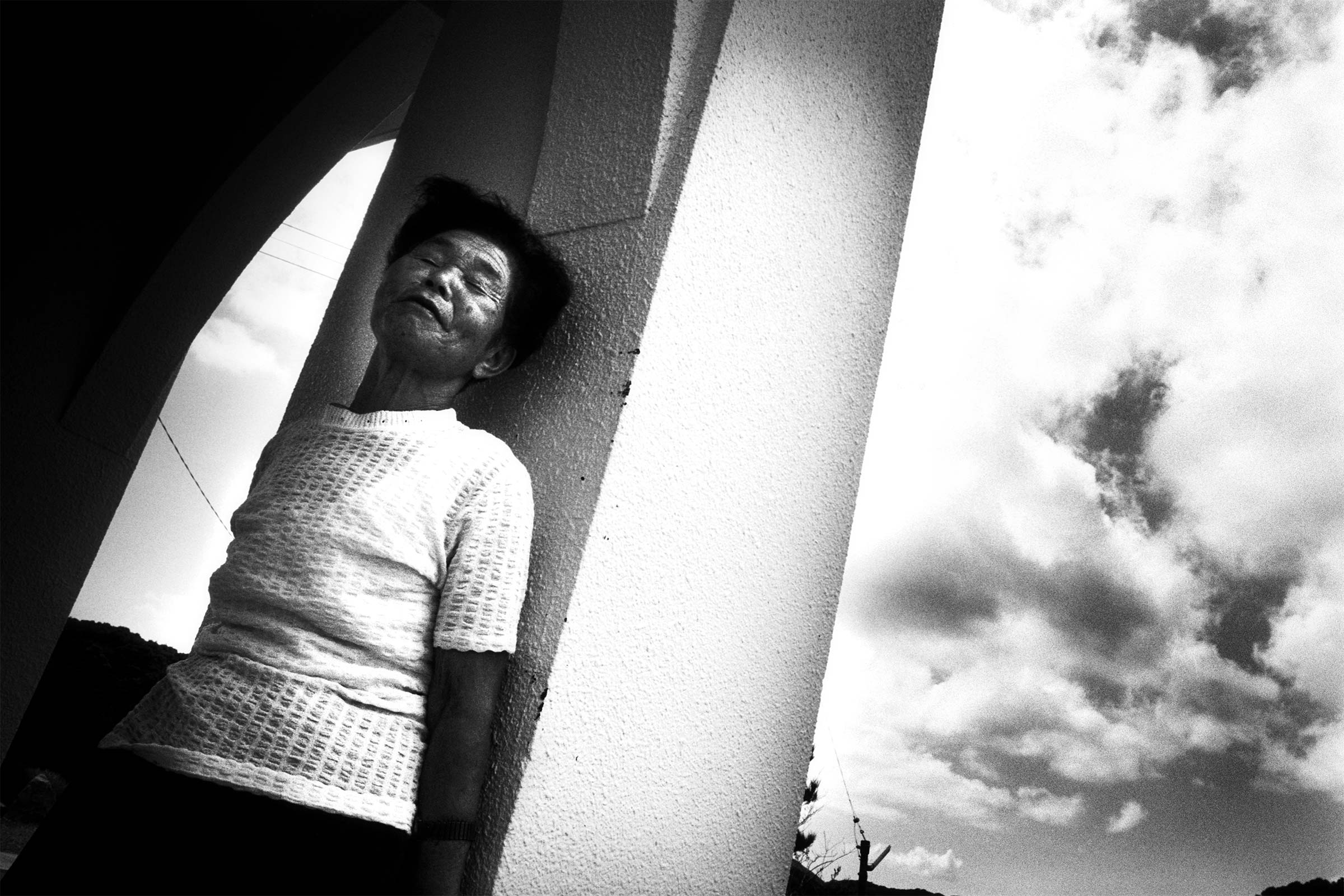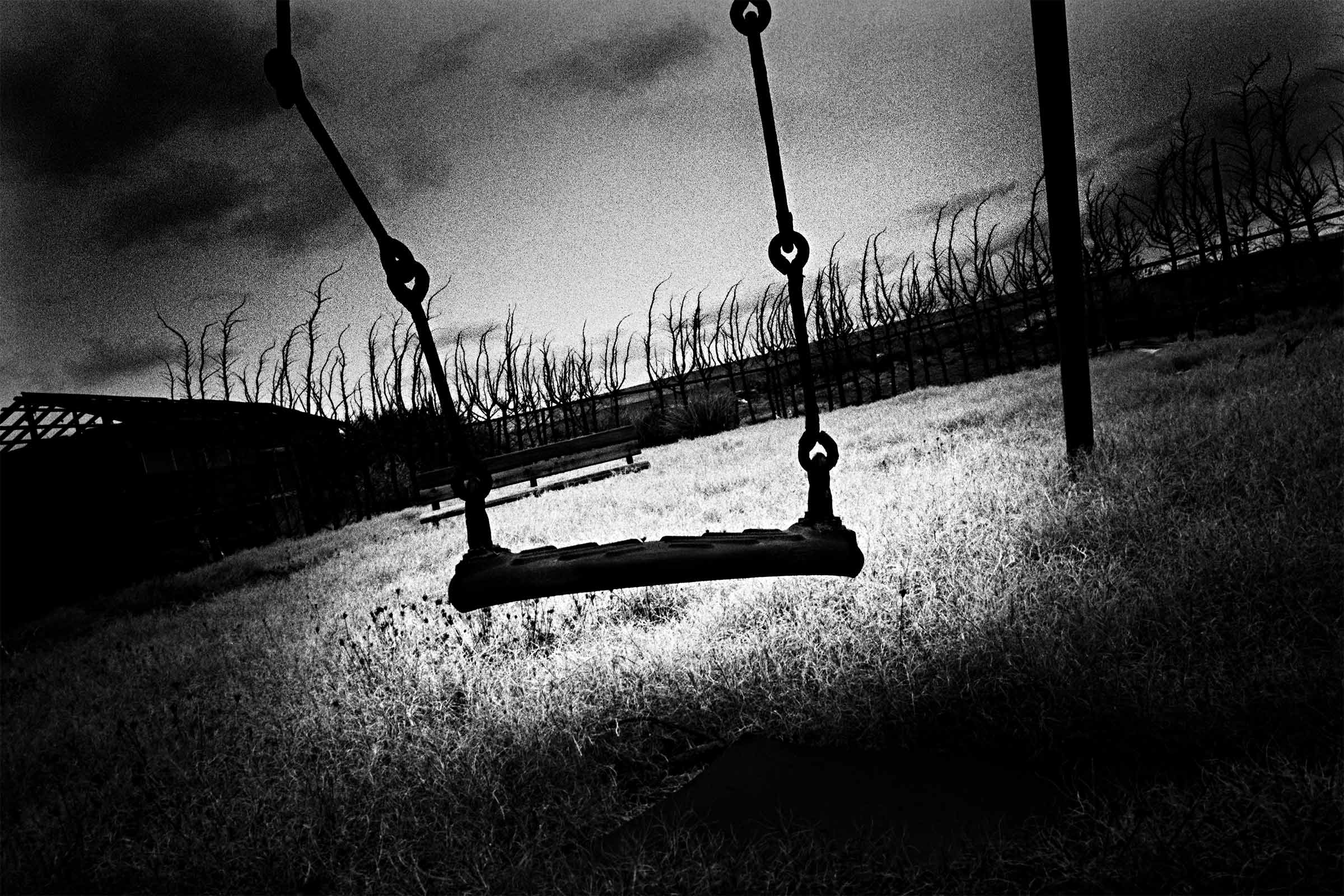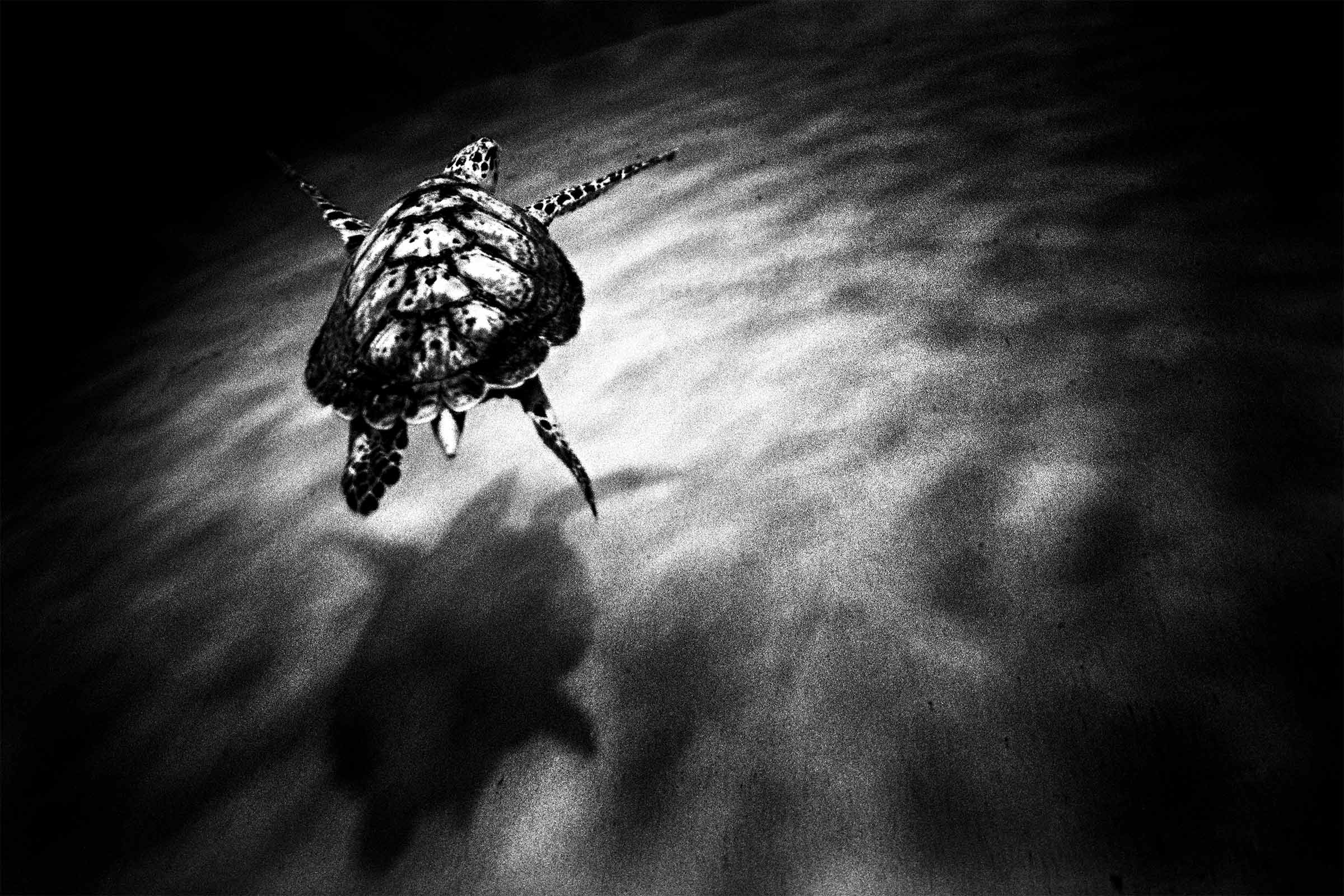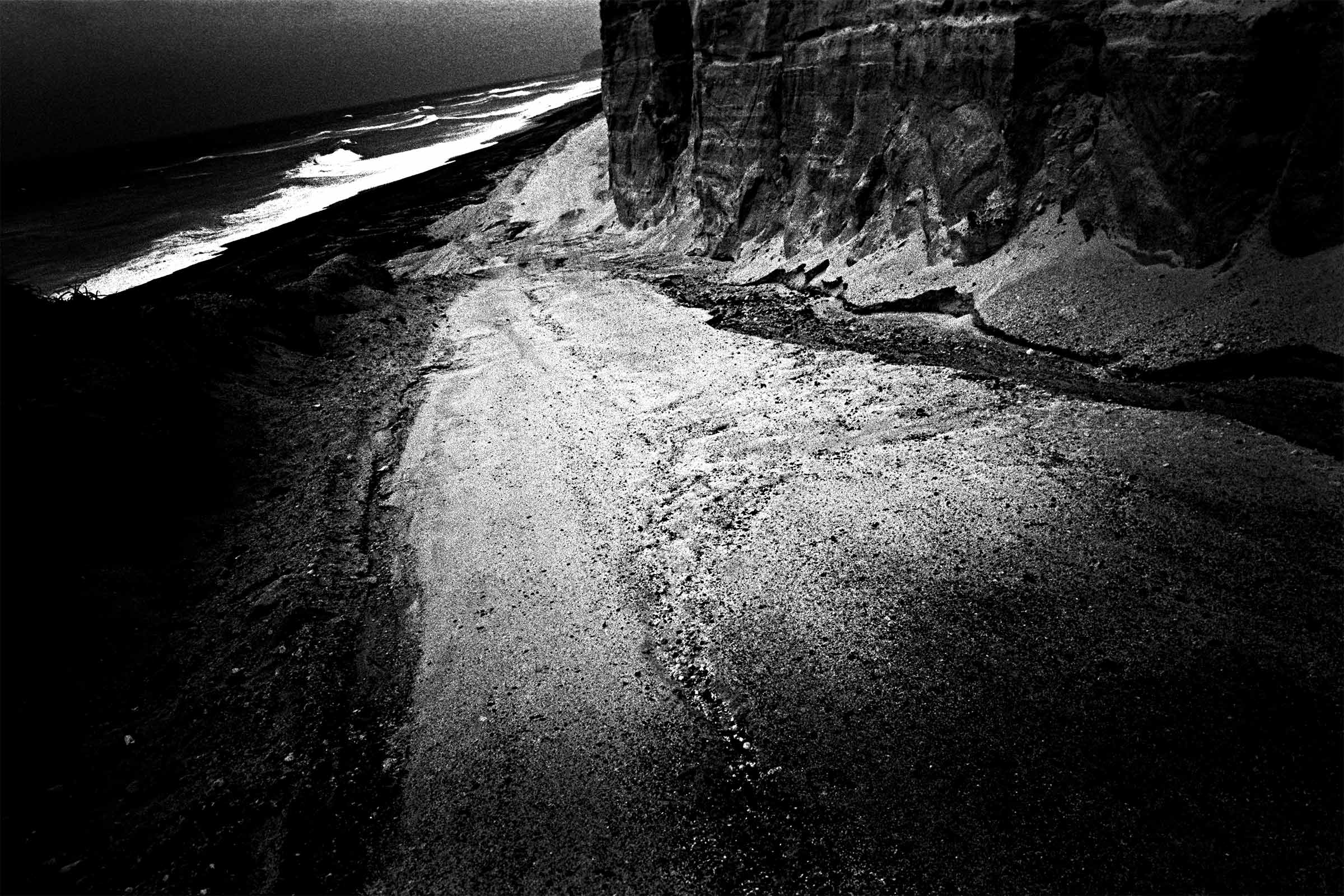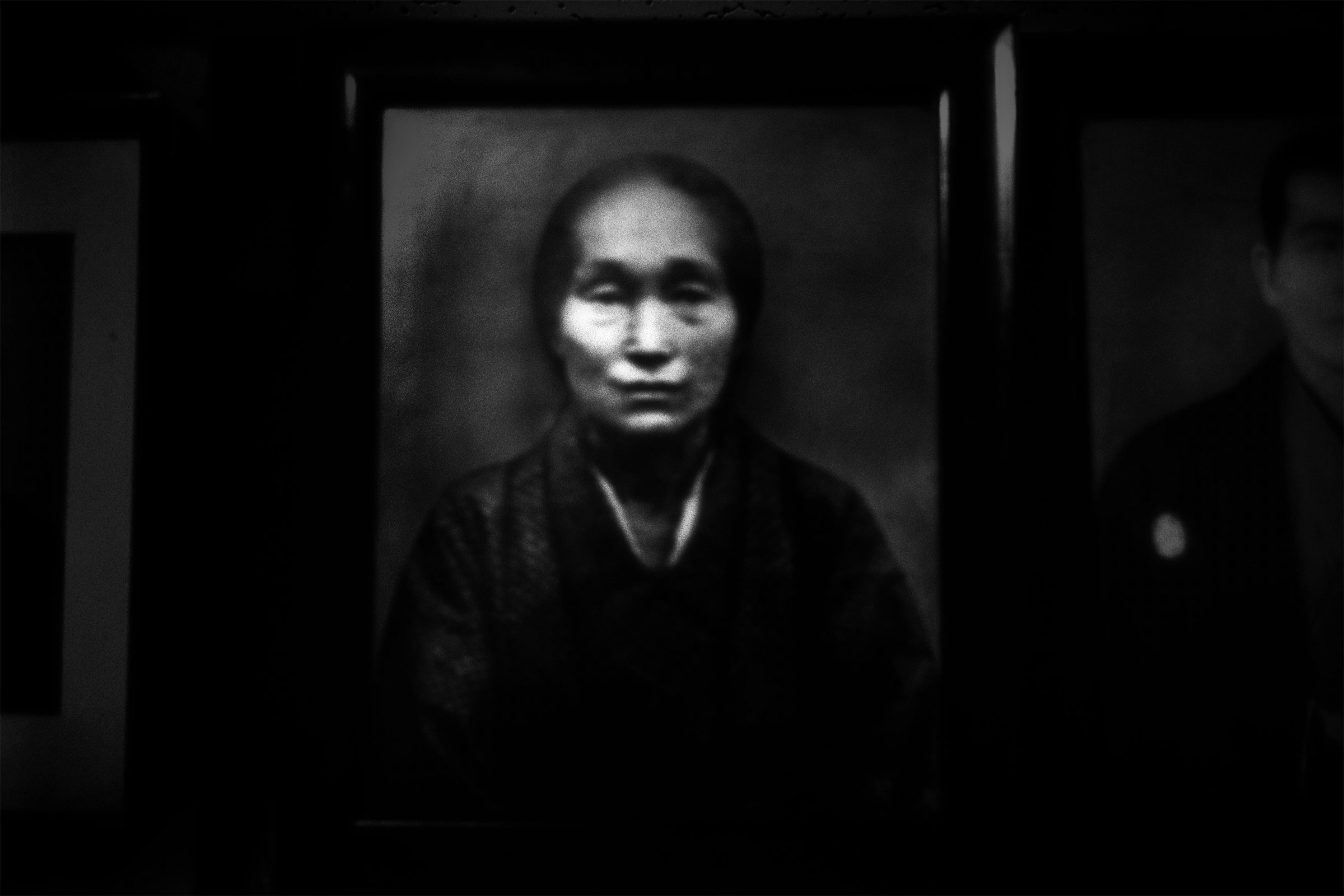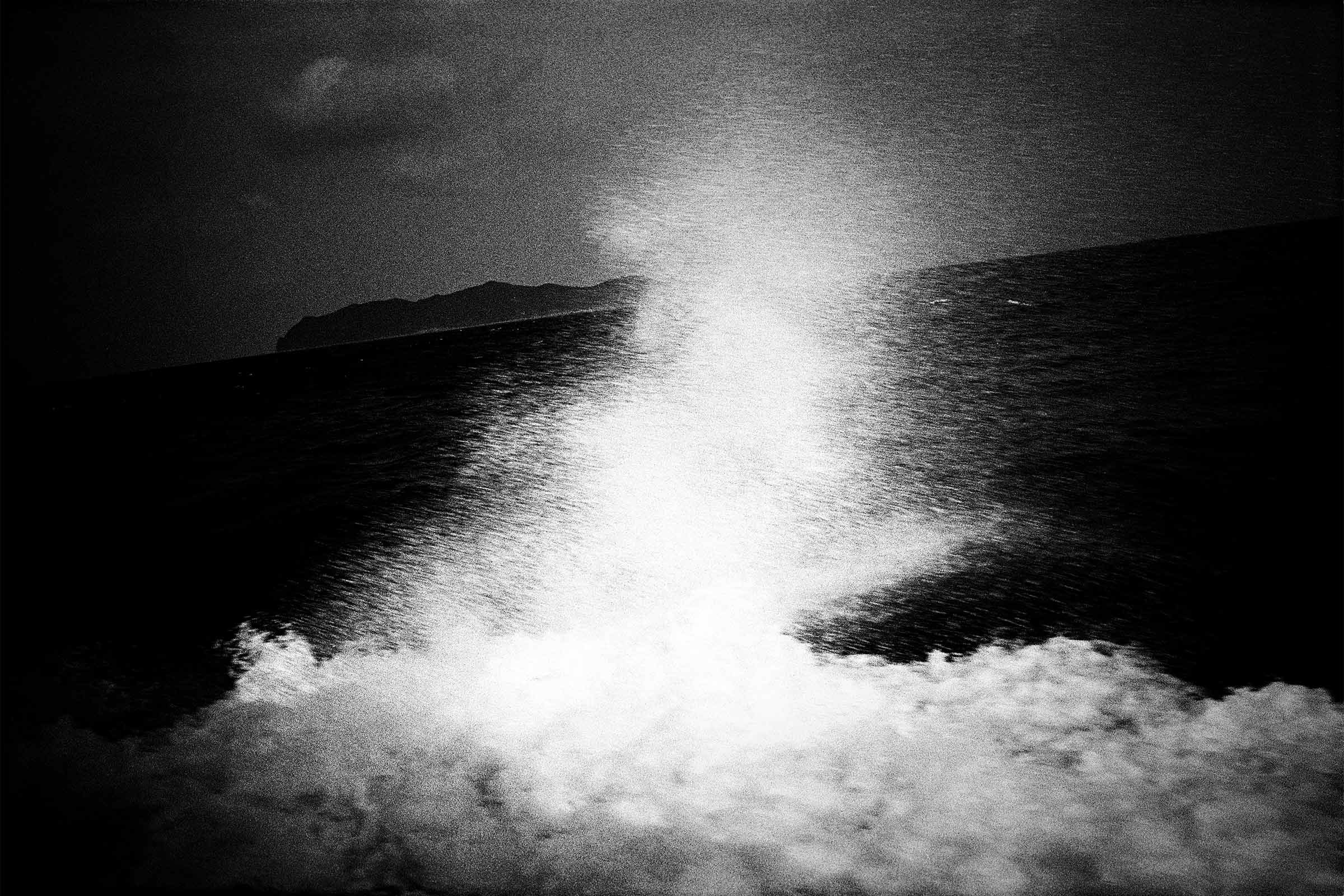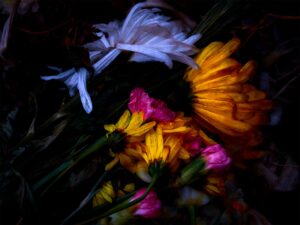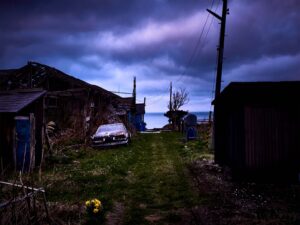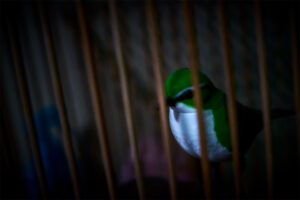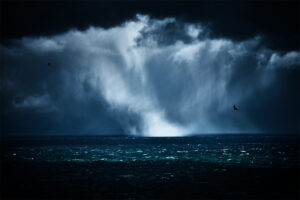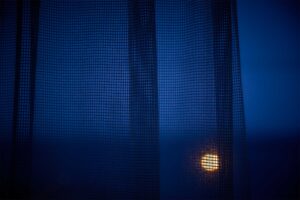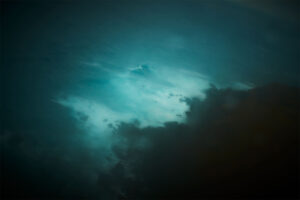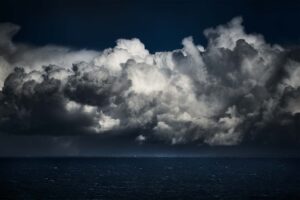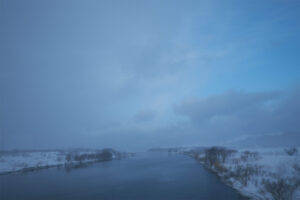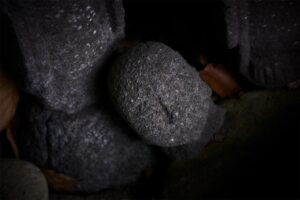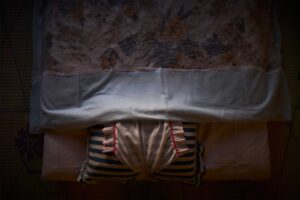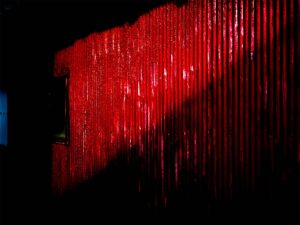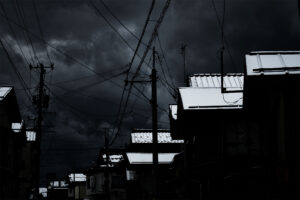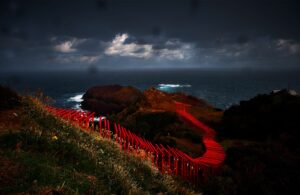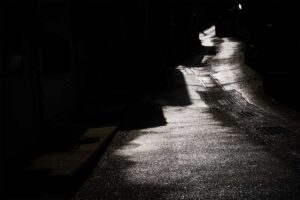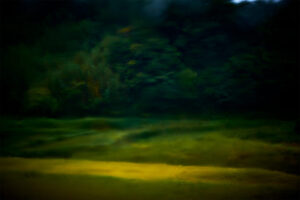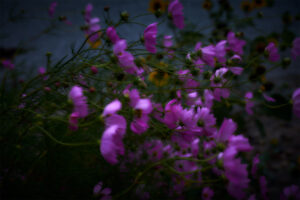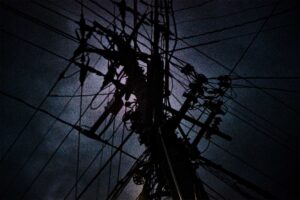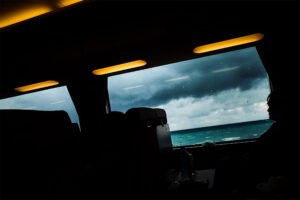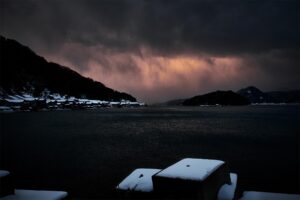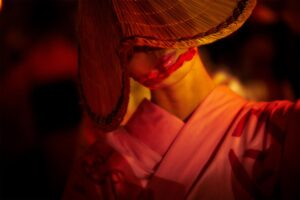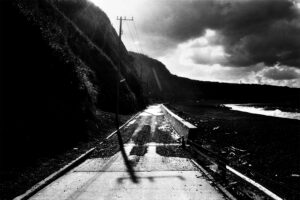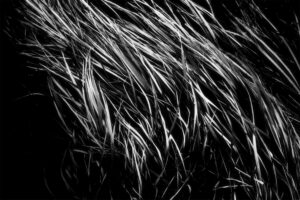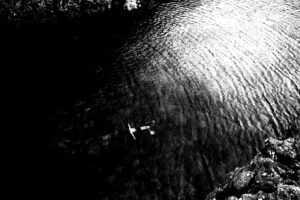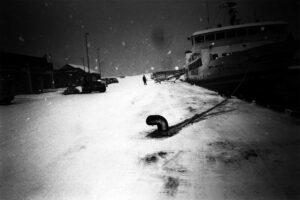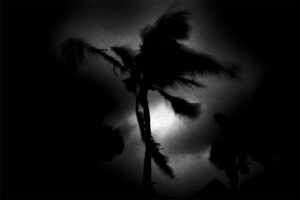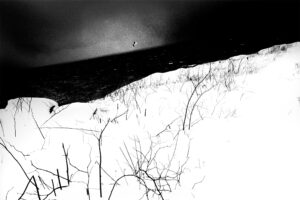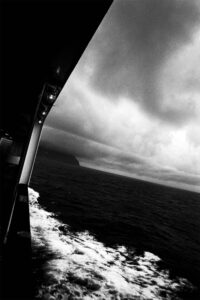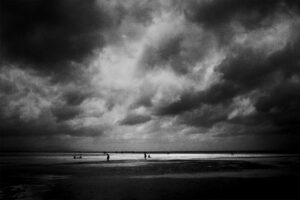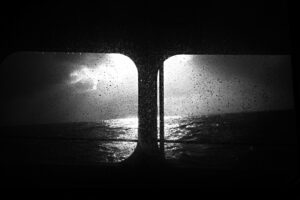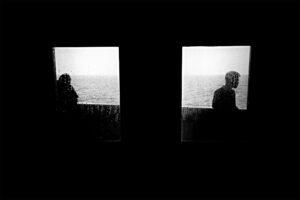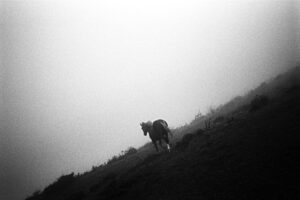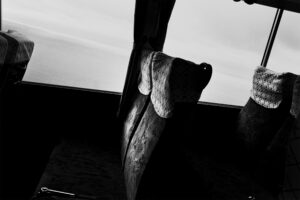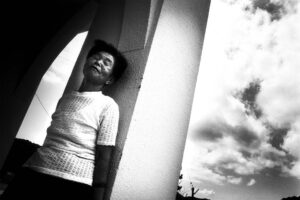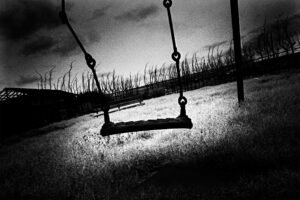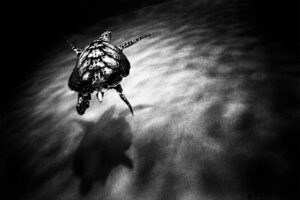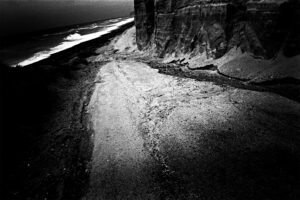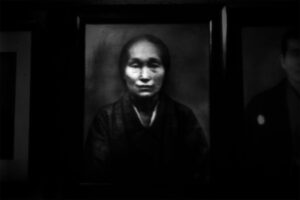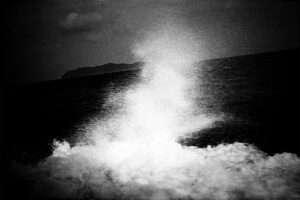Your cart is currently empty!
Yasuhiro OGAWA
Record Vol. 35
Shimagatari – Contes des îles et Paysages de la Mer du Japon
Du 1er au 31 mai 2018
Signature de livres – rencontre avec l’artiste : samedi 12 mai de 18h à 21h
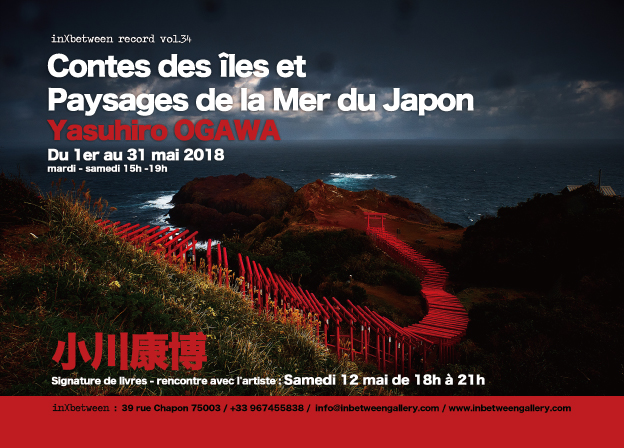
in)(between record No. 34
Yasuhiro OGAWA/小川康博
≪Shimagatari – Contes des îles et Paysages de la Mer du Japon≫
Yasuhiro OGAWA est né en 1968 dans la préfecture de Kanagawa, au Japon ; il est titulaire d’un Deug en littérature anglaise, obtenu à l’Université de Kanagawa. En 2000, au début de sa carrière de photographe, il reçoit le Taiyo Award pour sa série Futashikana Chizu, avant d’être présélectionné en vue de l’Oskar Barnack Award en 2006, pour ses œuvres portant sur la Chine. En 2009, la Société photographique du Japon lui octroie le Prix du nouveau-venu pour « Slowly Down the River » (une œuvre publiée par Creo en 2008), et son livre intitulé « Shimagatari » a été présélectionné en 2015 pour le prix Hayashi Tadahiko. En 2018, il a déjà à son actif une exposition au Salon photo Fuji Film de Tokyo, intitulée Nihonkai-zoi / By the sea / Au bord de la mer, et une participation à une exposition de groupe intitulée « Histoires de Tokyo » au musée Darwin de Moscou, en Russie.
in)(between record vol. 34 inclut deux des séries corrélées de Yasuhiro : des épreuves noir et blanc gélatino-argentiques extraites de Shimagatari et des tirages en couleur issus de By the Sea / Au bord de la mer. Shimagatari illustre sa quête des légendes de la vie disparue dans plus de 300 petites îles japonaises tombées en désamour, un parcours mélancolique qui a permis au photographe de découvrir les paysages côtiers empreints de sérénité de la Mer du Japon, mais aussi de ressentir un certain désespoir en identifiant d’anciennes traces d’habitation. Cette exposition révèle la beauté inouïe d’un littoral et d’îlots minuscules aujourd’hui désertés.
Associant ces deux séries étroitement liées, cette exposition présente plus de 60 photographies en noir et blanc et en couleurs soulignant la valeur artistique et documentaire de ce projet d’une durée de 10 ans, un projet qui se poursuit encore aujourd’hui.
Shimagatari 島語り– Islands’ tales / Contes des îles (2005-2014)
À part les quatre grandes îles principales de l’archipel (Hokkaido – la grande île la plus septentrionale, Honshu – la plus vaste, celle où se trouvent Tokyo, Osaka et Kyoto, Shikoku – à l’ouest du Japon, et Kyushu – la grande île à l’extrémité sud-ouest) le Japon compte environ 300 îles habitées, pour la plupart minuscules. On raconte volontiers aujourd’hui que la vie sur ces îles isolées était très animée et que leurs nombreux habitants se livraient à la pêche et au commerce, perpétuant les traditions et les légendes locales.
Le développement économique rapide du Japon dans les années 1960 et 1970 a poussé la population jeune et énergique à gagner les grandes îles, à la recherche de meilleurs emplois. Le nombre d’habitants de ces petites îles a brutalement chuté et ils ne sont plus aujourd’hui que quelques centaines, principalement des personnes âgées ; en outre, certaines de ces îles ne sont même plus desservies par un service public de liaisons maritimes ou aériennes.
Nihonkai-zoi 日本海沿い – By the Sea – Au bord de la mer (depuis 2013)
Au fil de ses voyages de documentation pour son œuvre « Shimagatari », Yasuhiro est de plus en plus fasciné par le ciel, les magnifiques couleurs et le paysage côtier de la Mer du Japon. Les couleurs qui transcendent les contes de ces îles agissent comme un véritable enchantement, tellement puissant que le photographe revient encore et encore à ces îles délaissées. C’est de ce projet toujours actif qu’est tirée cette série à la palette vibrante intitulée « Paysages de la Mer du Japon ».
Comme l’explique Yasuhiro, cette série reflète sa fascination et son engouement pour les paysages côtiers de la mer du Japon, tellement différents de ceux de l’océan Pacifique. Les rivages de la mer du Japon, et même l’arrière-pays, offrent à ses yeux des traits beaucoup plus sombres et sauvages.
Le climat est plus rude, surtout l’hiver, et les conditions de vie à l’intérieur des terres s’avèrent particulièrement difficiles. La luminosité hivernale, le froid rigoureux, les rivages et les terres côtières s’allient pour donner des paysages paisibles aux couleurs harmonieuses, où les traces des habitations subsistantes suscitent un sentiment de profonde tristesse. – Et le photographe de conclure : « La beauté exceptionnelle de ces lieux est la seule chose qui me pousse à y revenir sans cesse ».
in)(between record No. 34
Yasuhiro OGAWA/小川康博
≪Shimagatari – island’s tales and Landscapes of the sea of Japan≫
Yasuhiro OGAWA was born in 1968 in Kanagawa prefecture, Japan; he holds a BA in English Literature from Kanagawa University (Deug en littérature anglaise, Université de Kanagawa). In 2000 early in his career as a photographer he received the Taiyo Award for his series Futashikana Chizu, in 2006 he was short-listed for the Oskar Barnack Award for his works from China, in 2009 received the Newcomer Award from the Photographic Society of Japan’s for Slowly Down the River (published by Creo in 2008), and more recently in 2015 his book “Shimagatari” was Shortlisted for the Hayashi Tadahiko Award. His most recent exhibitions date from 2018; Nihonkai-zoi / By the Sea, Fuji Film Photo Salon, Tokyo, Japan and a group exhibition titled Tokyo Stories at the Darwin Museum in Moscow Russia.
in)(between record vol.34 encompasses two Yasuhiro’s interrelated series; black and white silver gelatin prints from Shimagatari and colour prints from By The Sea. Shimagatari is his search for the legends of the lost life in the forgotten +300 tiny islands of Japan, a sad quest that brought him to discover the peaceful tinted coastal landscapes of The Sea of Japan and the despairing traces of inhabitation.
This exhibition is a combination of over 60 black and white and colour photographs displaying highlighting the artistic and documentary value of his 10 years project.
Shimagatari 島語り Islands’ tales / Contes des îles (2005-2014)
Apart from the four larger main islands of the archipelago, (Hokkaido – northernmost large island, Honshu – the largest island, on which Tokyo, Osaka and Kyoto are located, Shikoku – west japan, and Kyushu – south westernmost large island) there are about 300 inhabited islands in Japan, even if most of them are tiny islands, the tales today say that life on these remote islands was vibrant and their many inhabitants occupied themselves with the fishery and trading, maintaining the local traditions and tales.
During Japan’s rapid economic growth in the 60’s and 70’s and after, the vibrant, younger population left the smaller islands seeking better jobs and the islands’ population declined sharply to what they are today, just small populations of a few hundreds, mainly elderly people; furthermore, some of those islands are not even serviced by public ferryboats or planes.
Yasuhiro OGAWA embarked into his Shimagatari journey, yet even before we started to photograph the tales from those tiny islands, all started by contemplating the sea from Honshu’s and elsewhere in japan vast seashores, never changing seas yet constantly bringing old tales and rumours of what life was like once on the remote vibrant tiny islands.
In 2005 with his camera and black and white films on hand, he setoff on a journey to discover and document those Islands’ Tales, a journey that lasted over 10 years and brilliantly summarized in his series and book Shimagatari.
Yasuhiro’s “Shimagatari” handmade silver gelatin prints not only expose the viewers to the beauty of those islands but also to the sadness caused by the lost of the richness of those vibrant lives, to their tales, and to the insignificant present life on those almost deserted tiny islands.
By the Sea / Au bord de la mer (2013 – on-going)
During his trips to document Shimagatari, Yasuhiro found himself bewitched by the astonishing colours, the sky and the costal landscapes of the Sea of Japan. Colours, which transcended the islands’ tales, becoming an enchantment so powerful that would take him away from the jilted islands. It is from that on-going project that we make an outtakes for the colourful series “Landscapes of The Sea of Japan / Paysages de la Mer du Japon.”
As Yoshihiro explains it, this series reflects my infatuation / enchantment with the coastal landscapes along the Sea of Japan, they are utterly different from the Pacific coastal landscapes – the shores and near-costal lands of the Sea of Japan possess significantly darker and wild attributes.
Especially during winter the weather is harsher there making inhabitation of the inner-costal lands uniquely hard. The Sea of Japan’s winter lights, cold weather, coastal lands and the shores, those attributes harmoniously combine themselves into peaceful tinted coastal landscapes with despairing traces of inhabitation. – For me, the pursuit of such beauty is the only reason for getting there.

